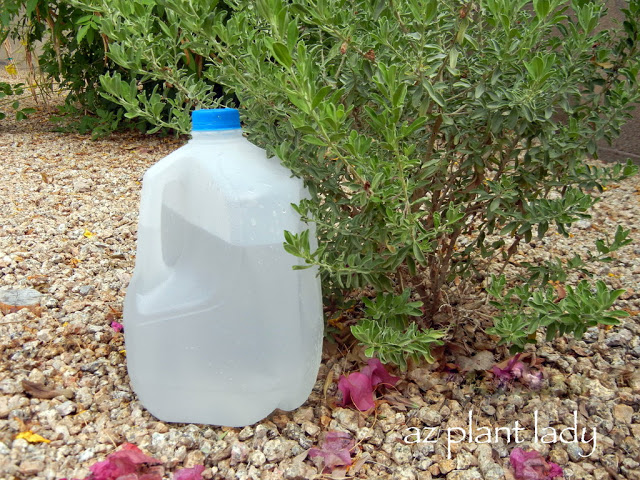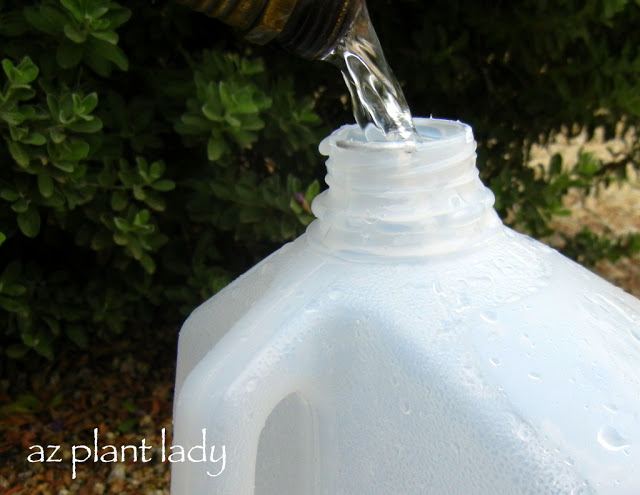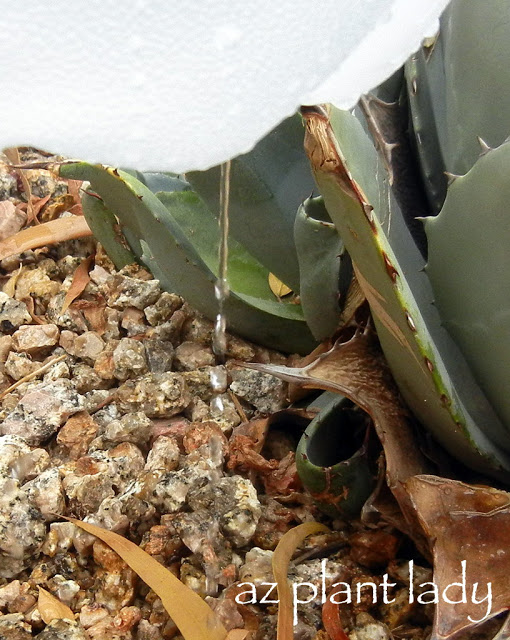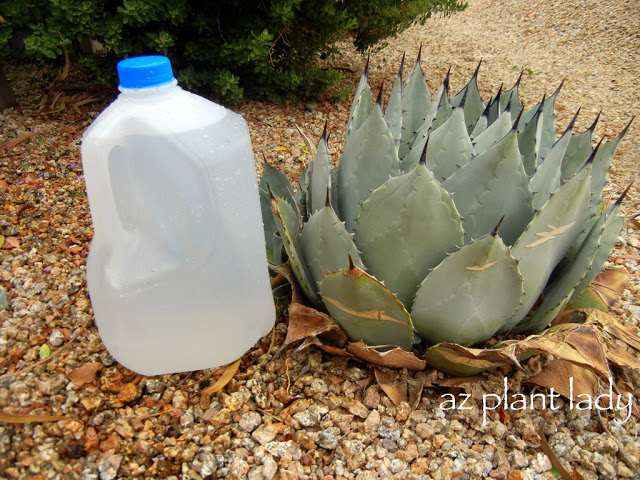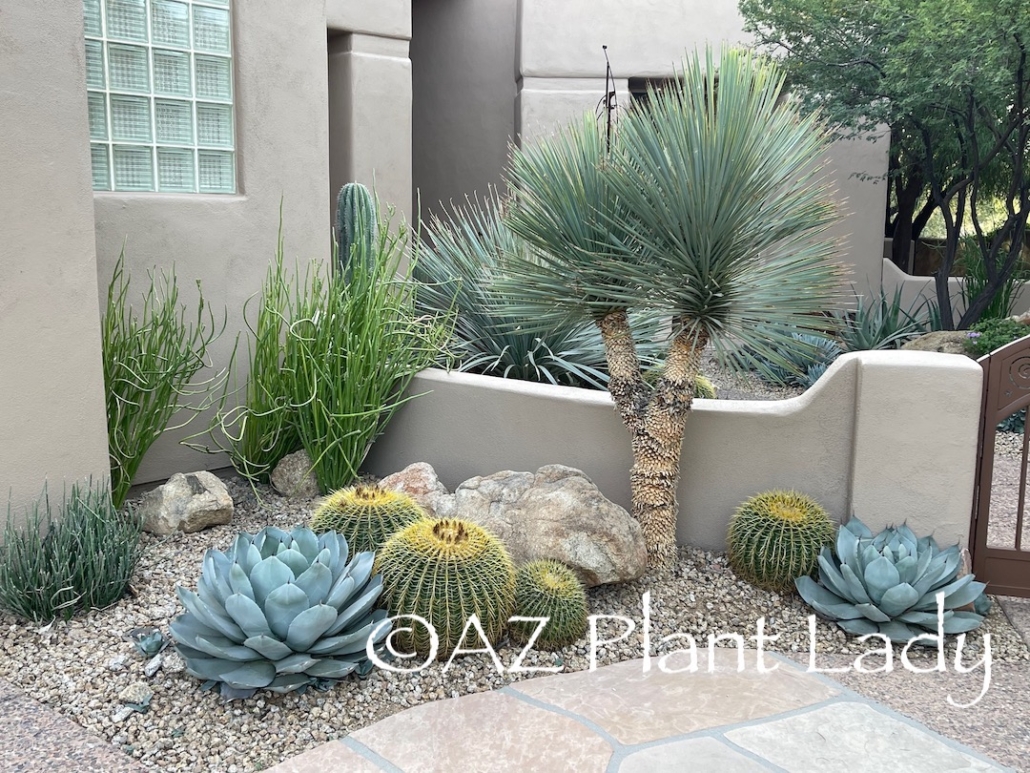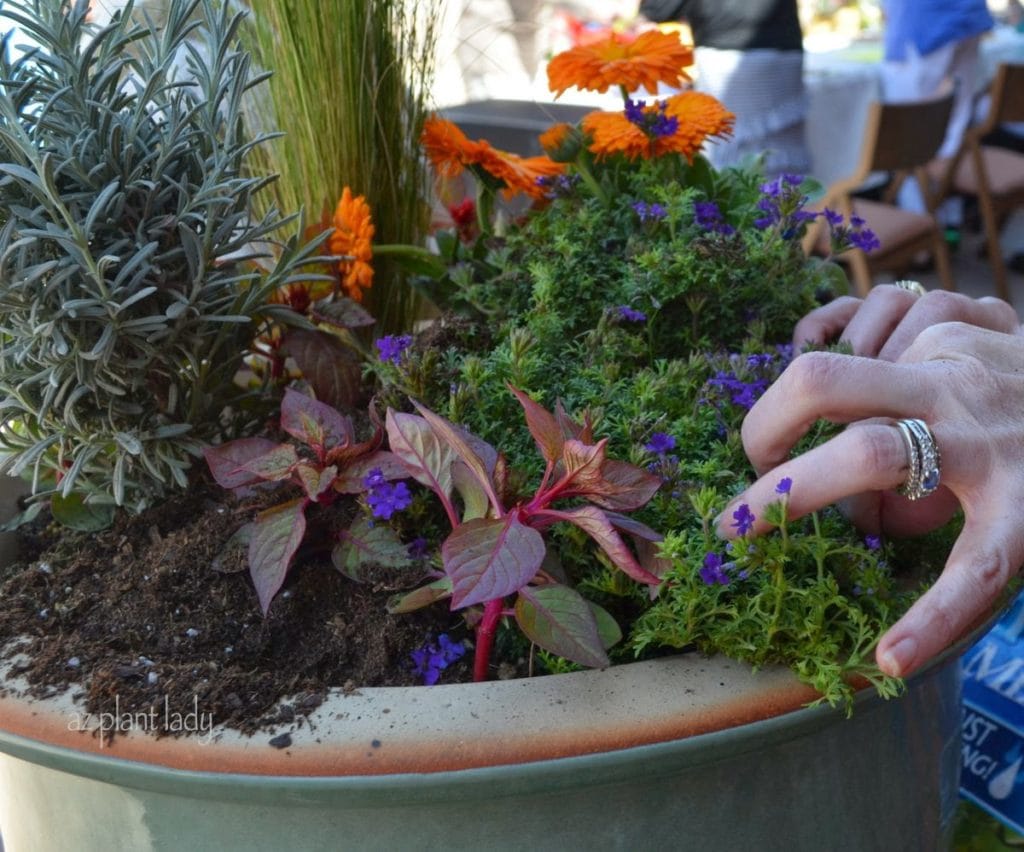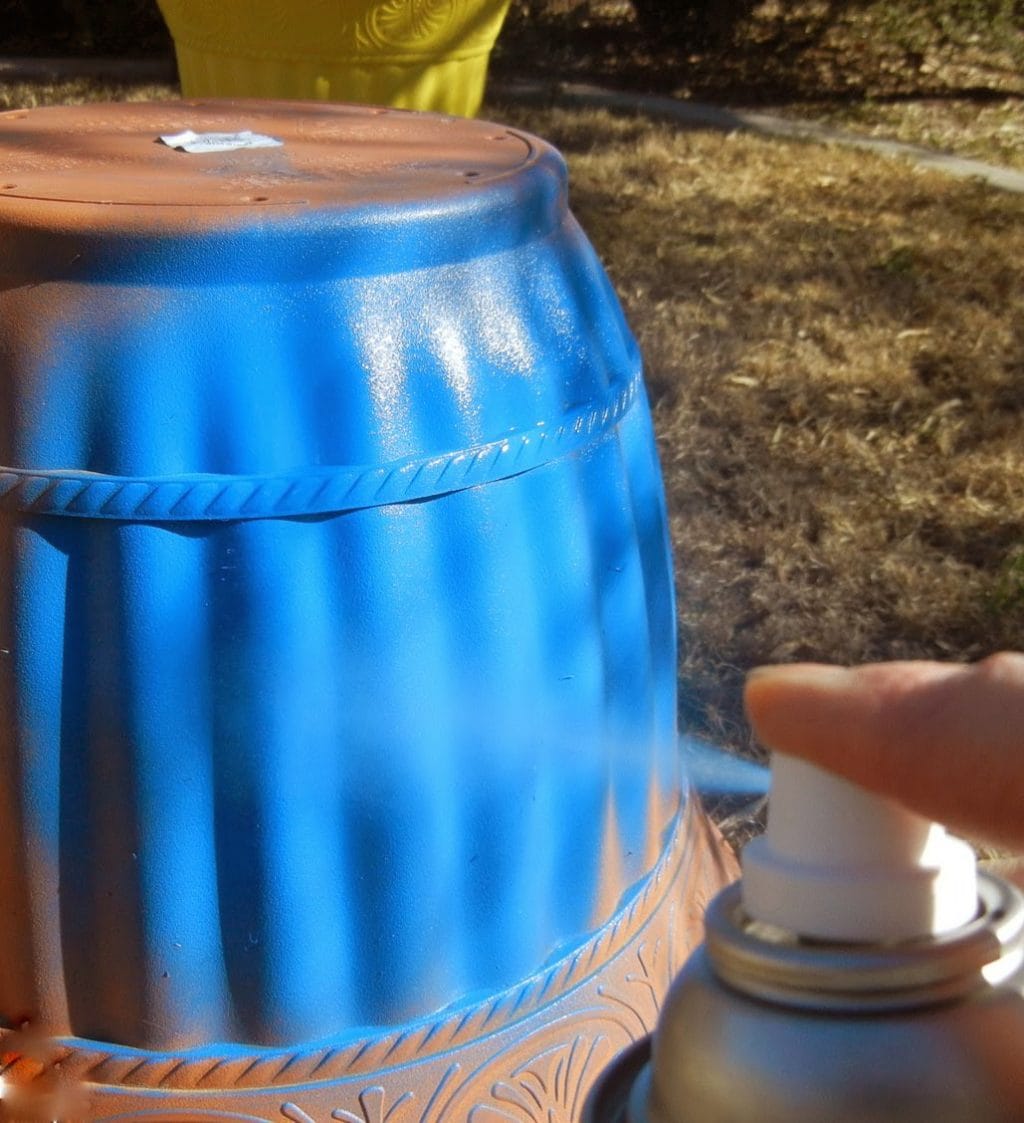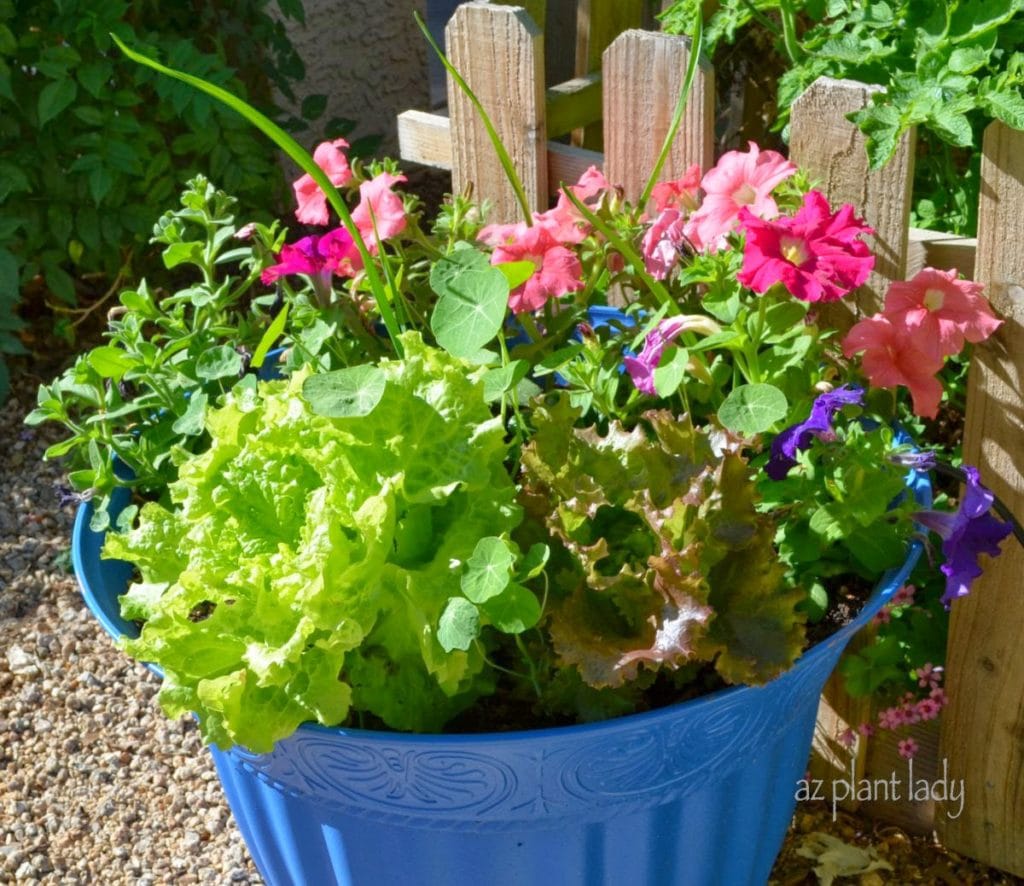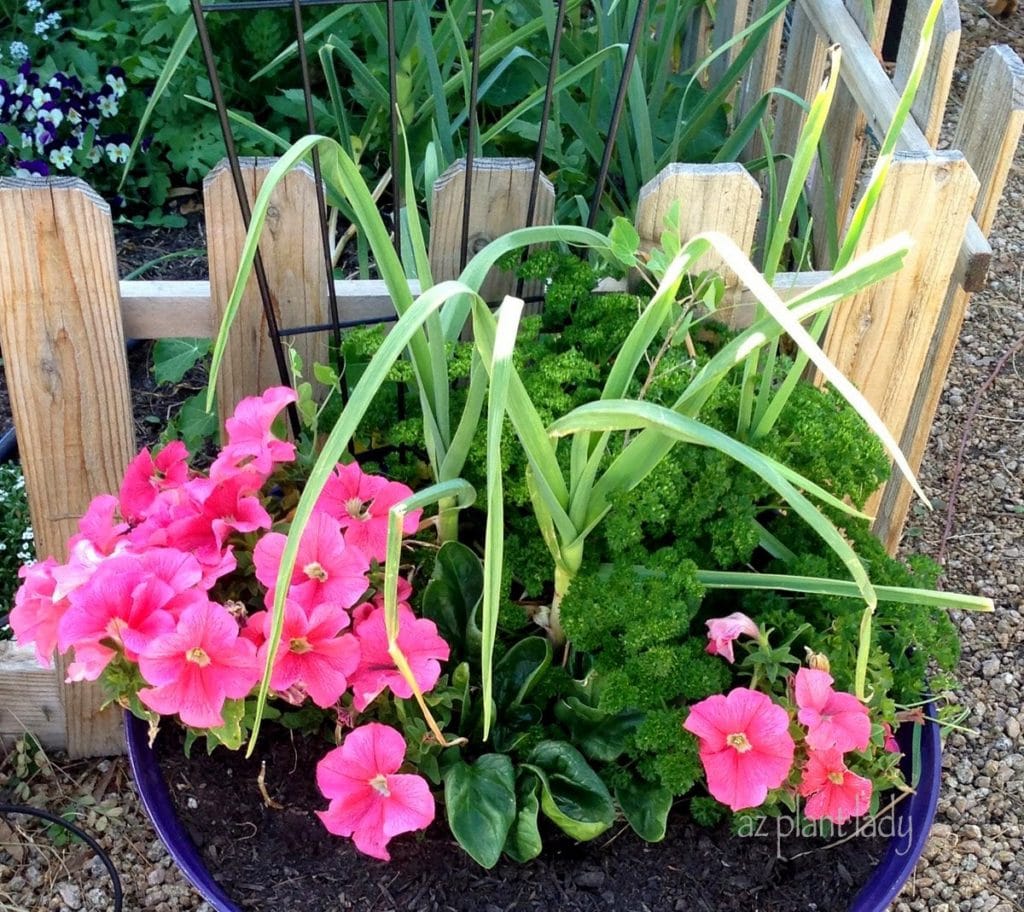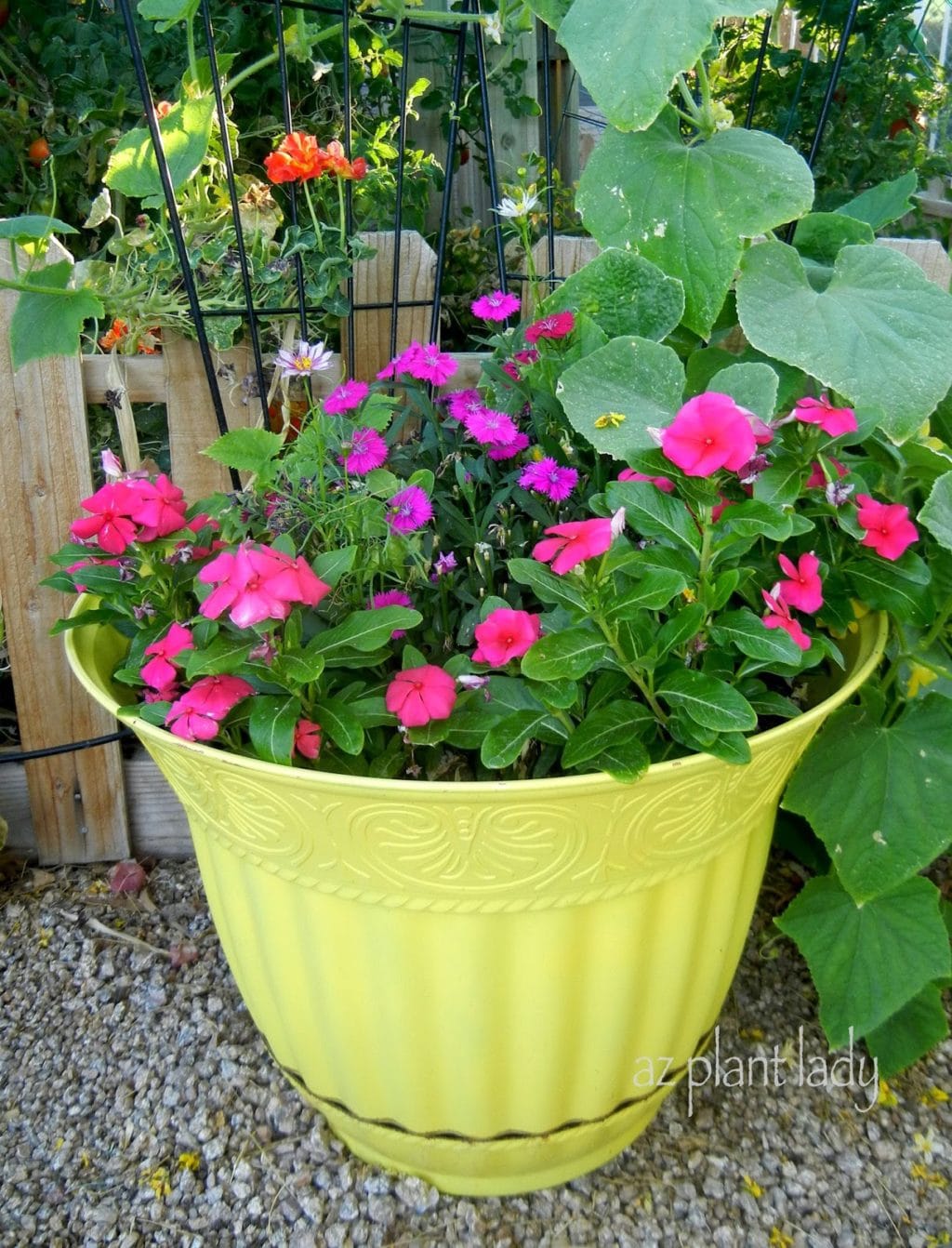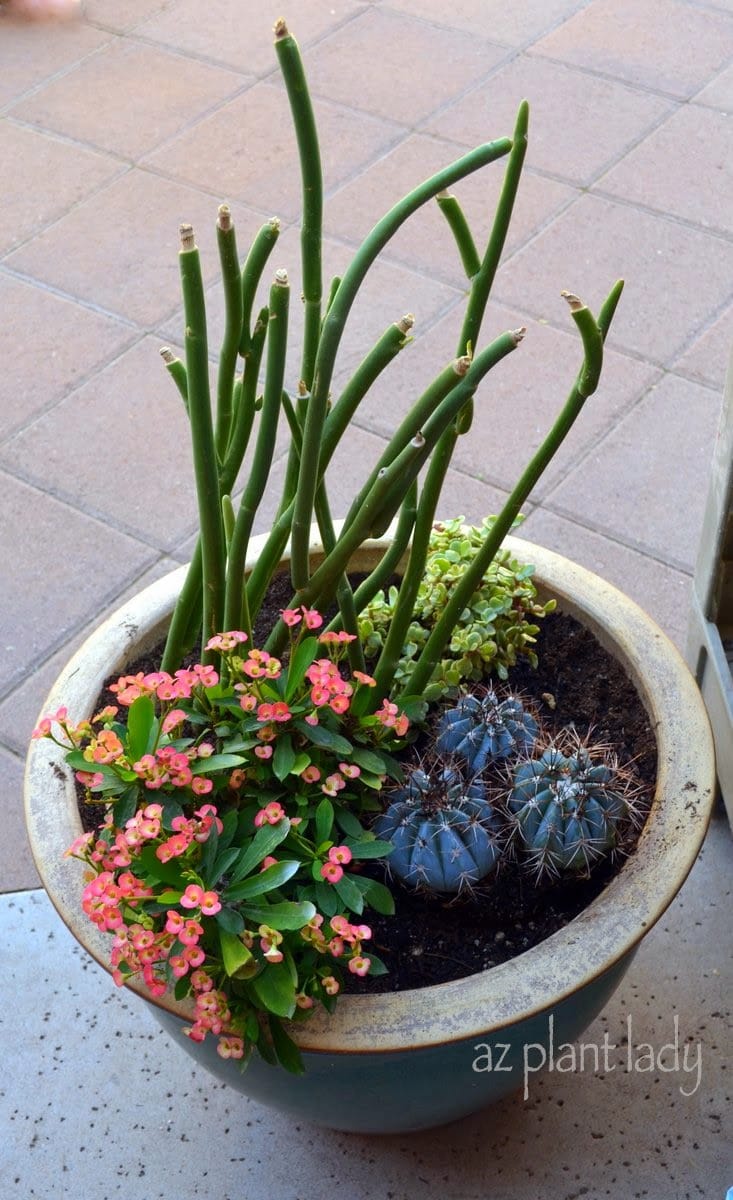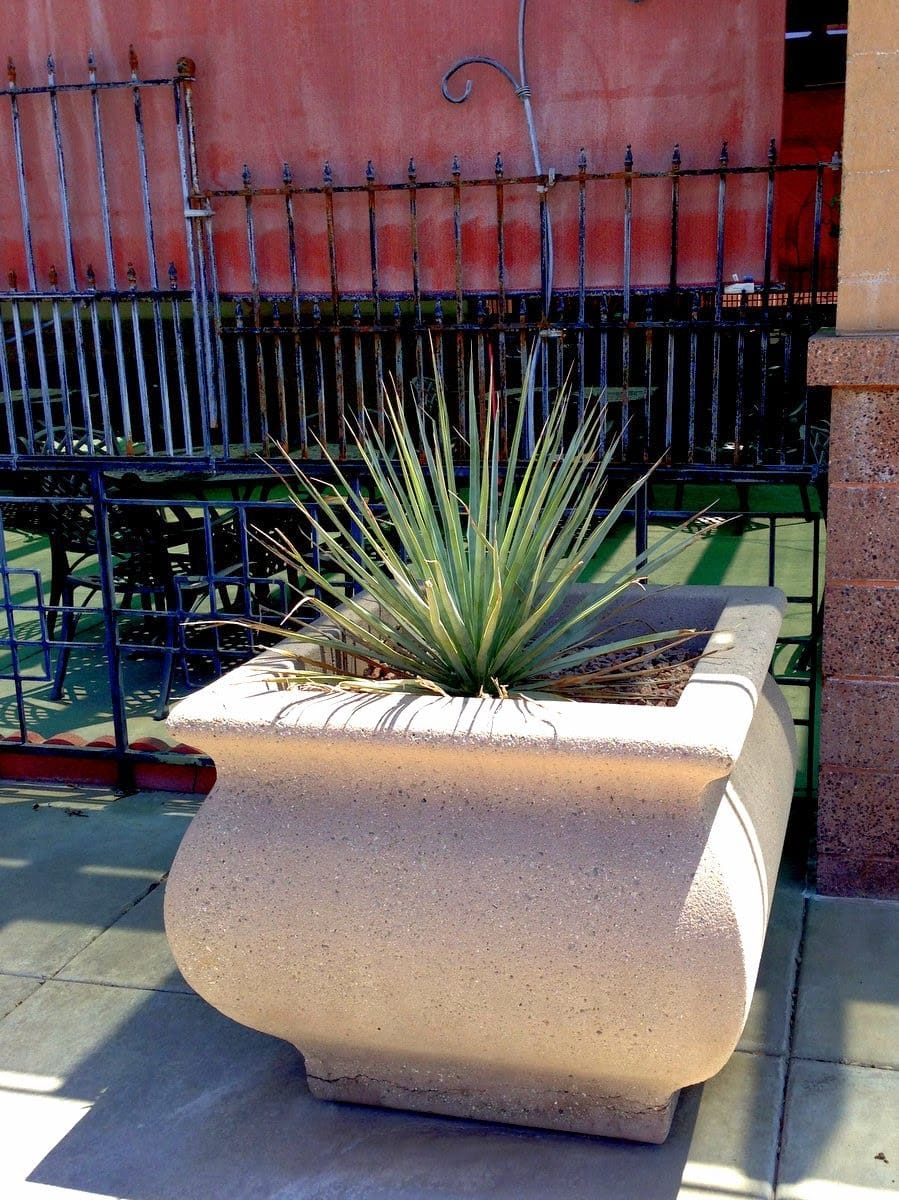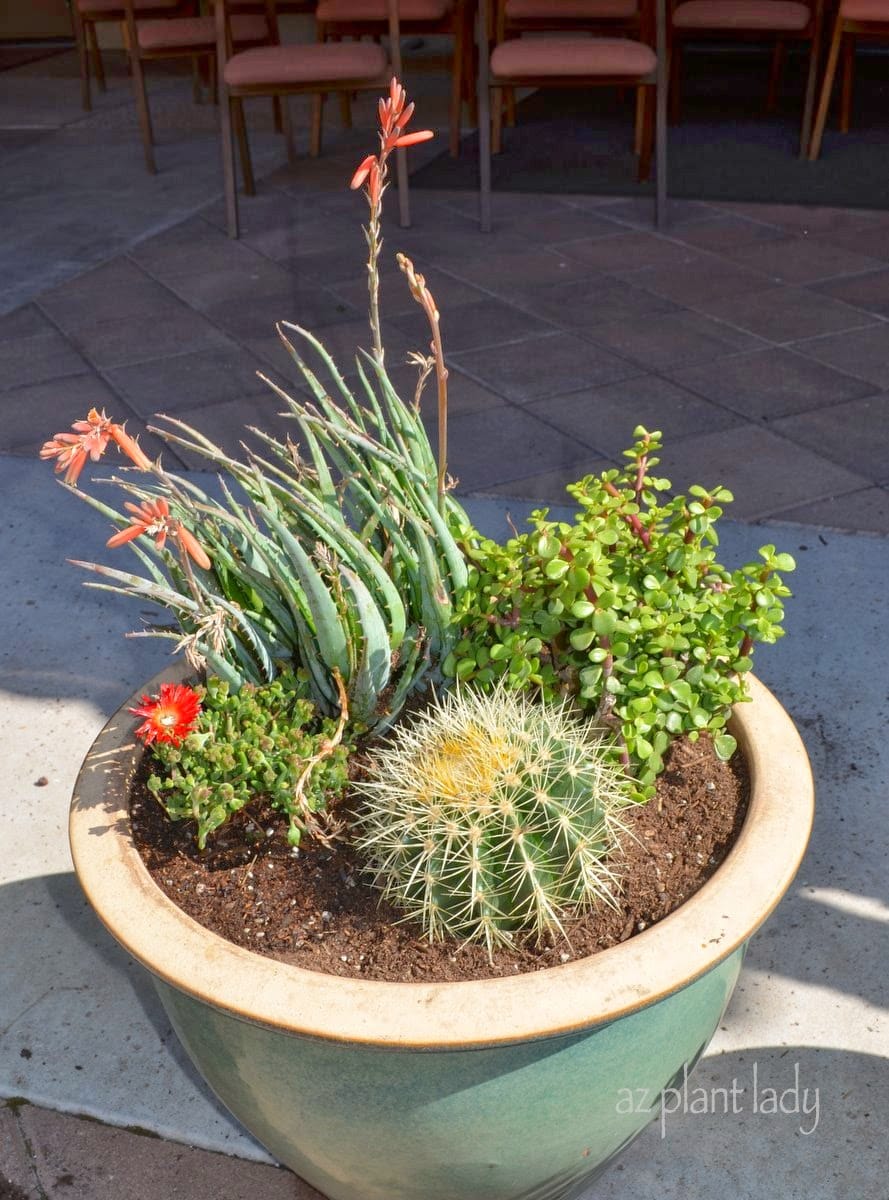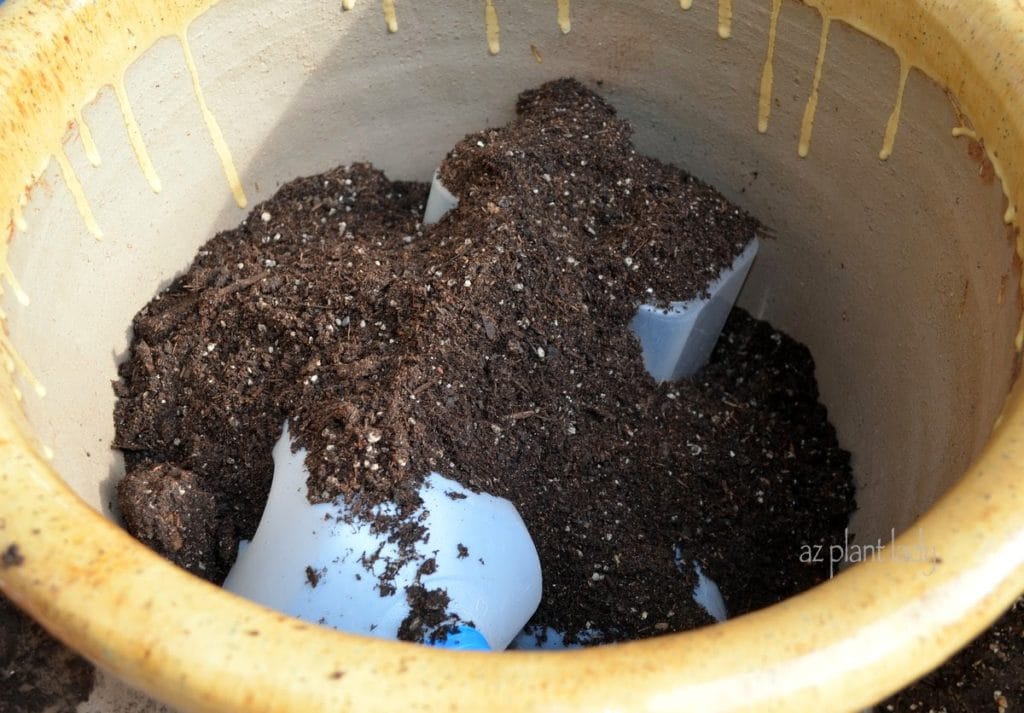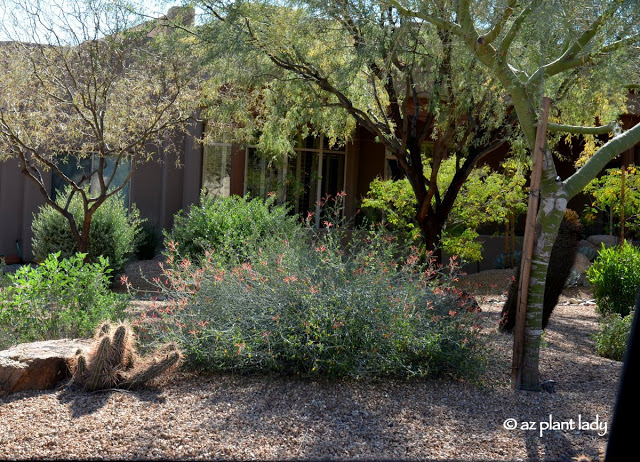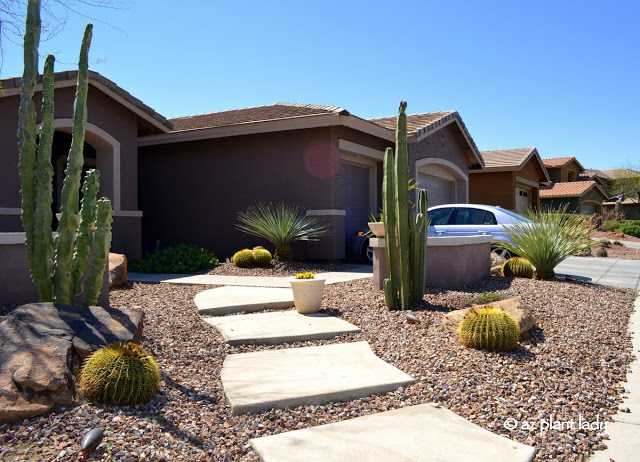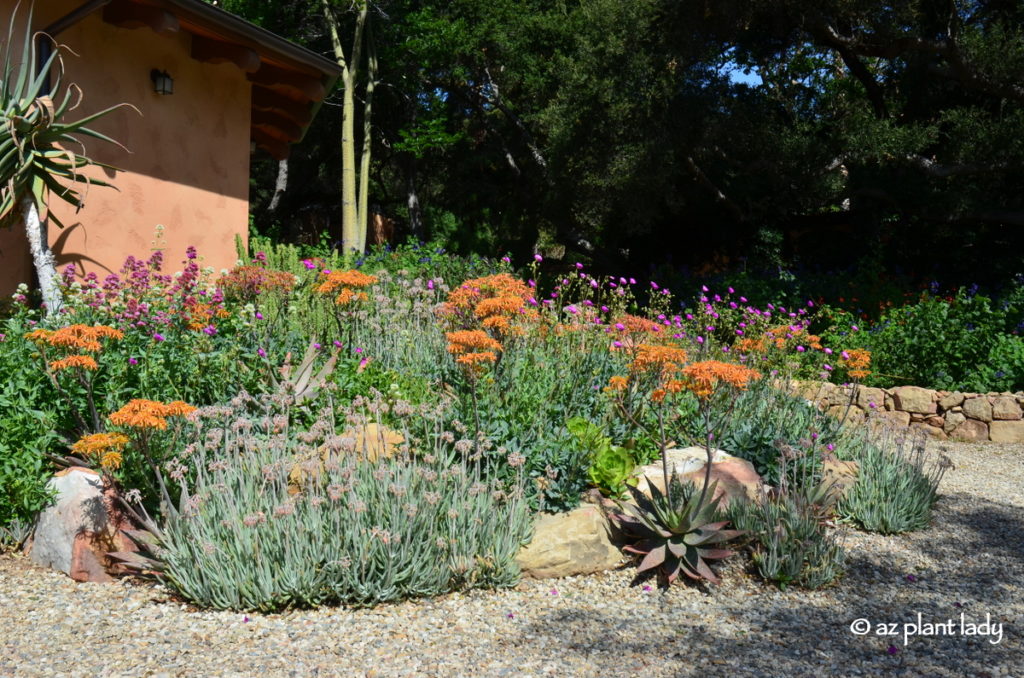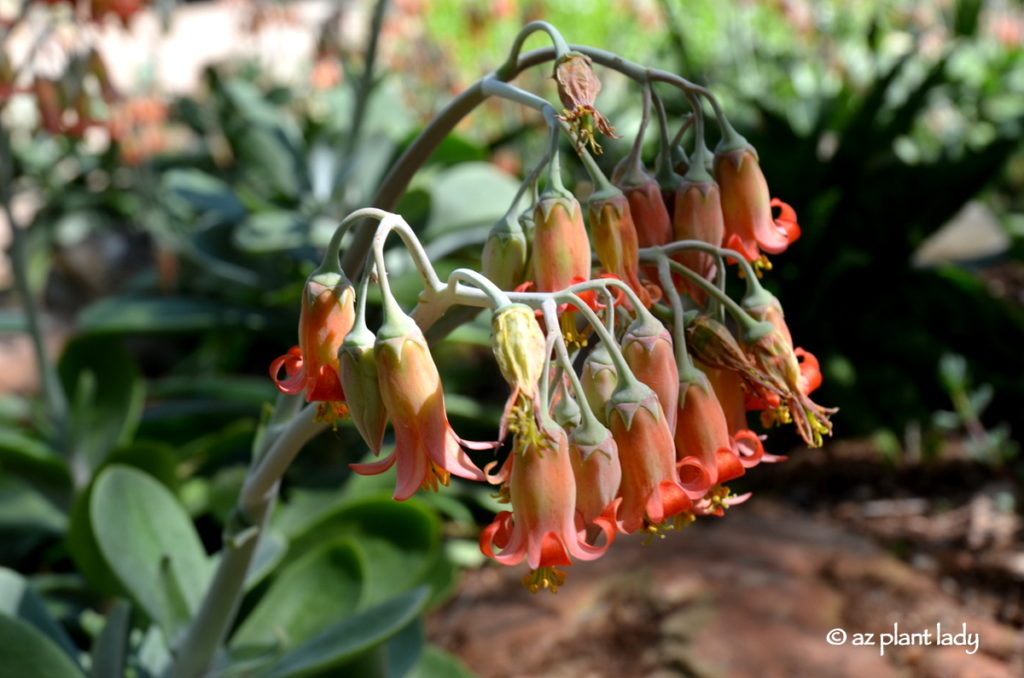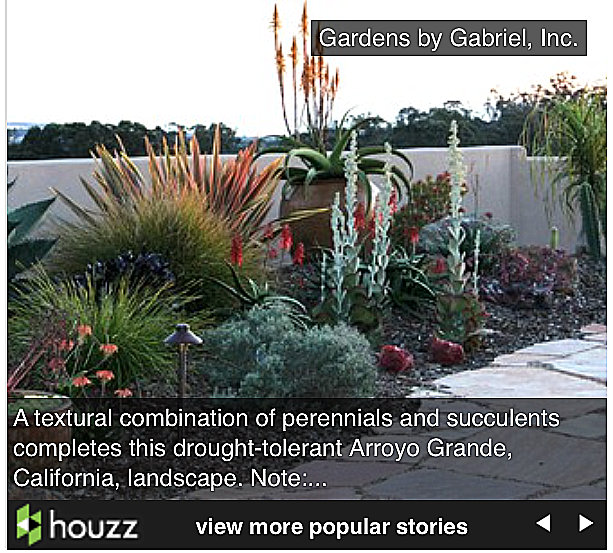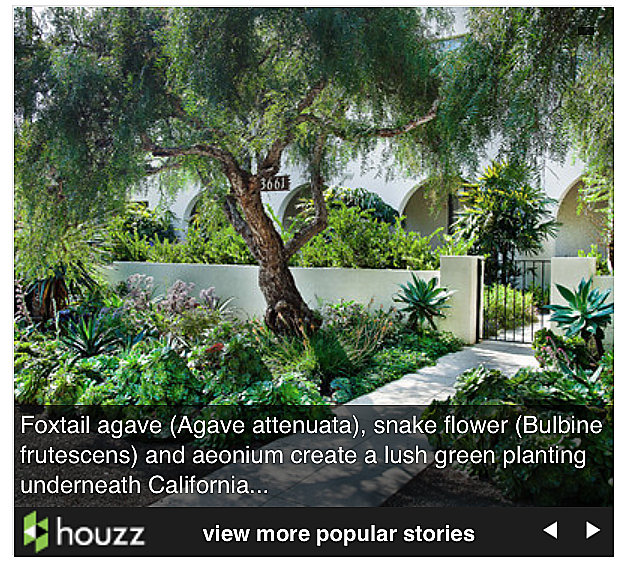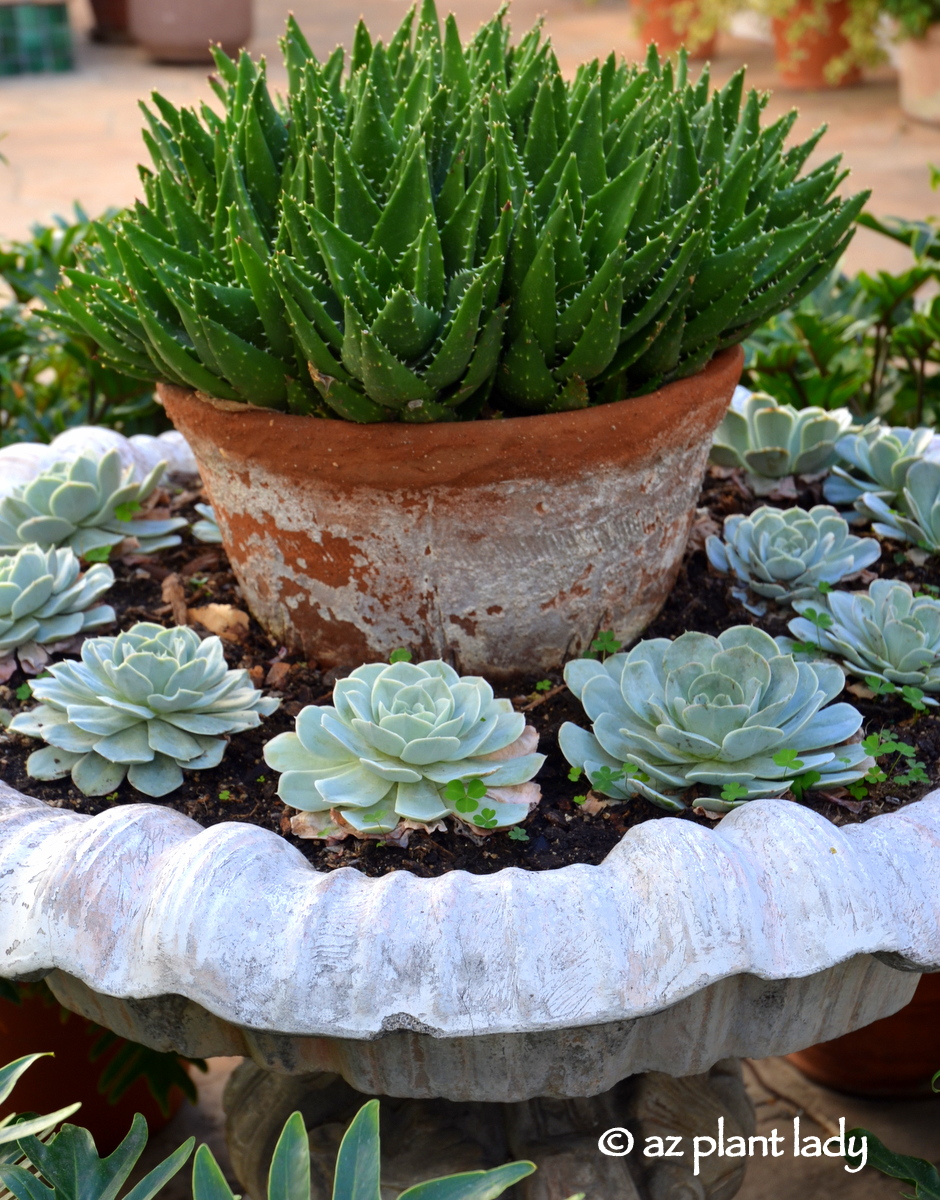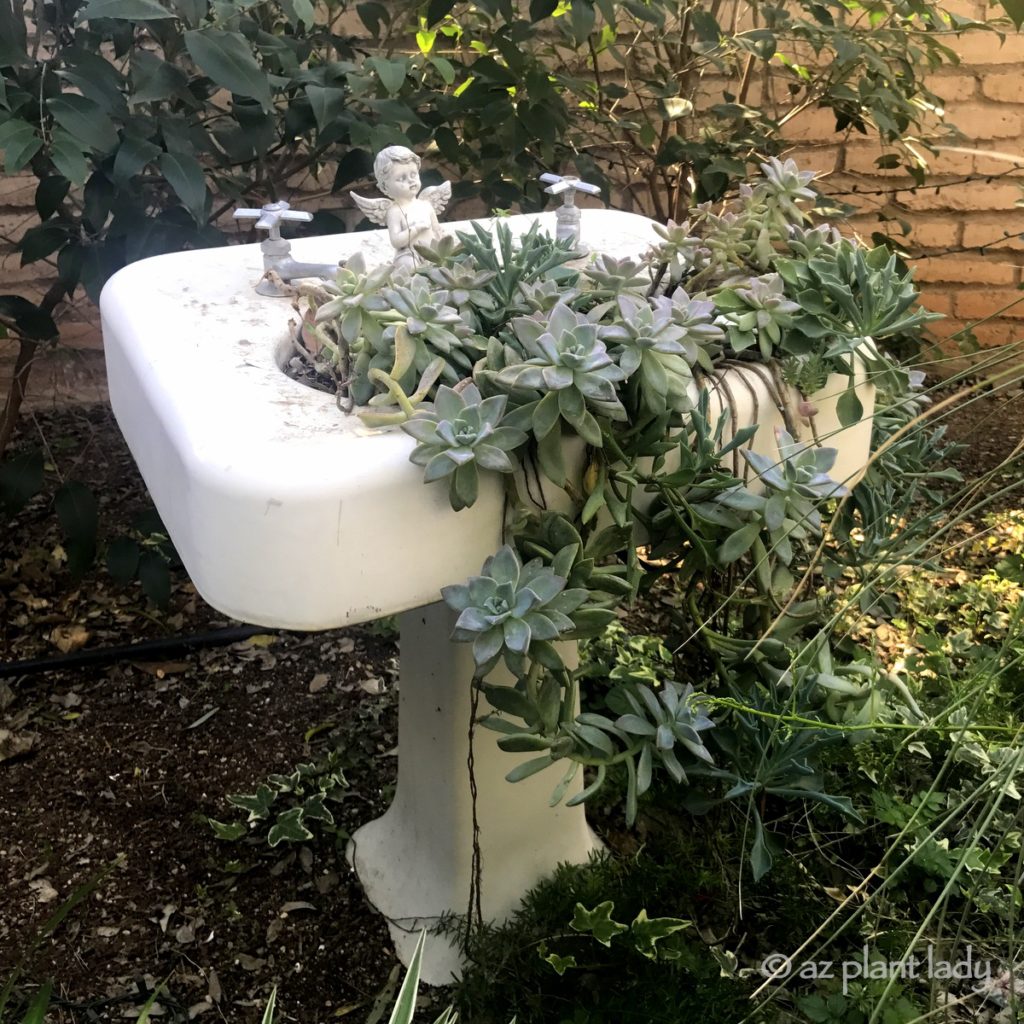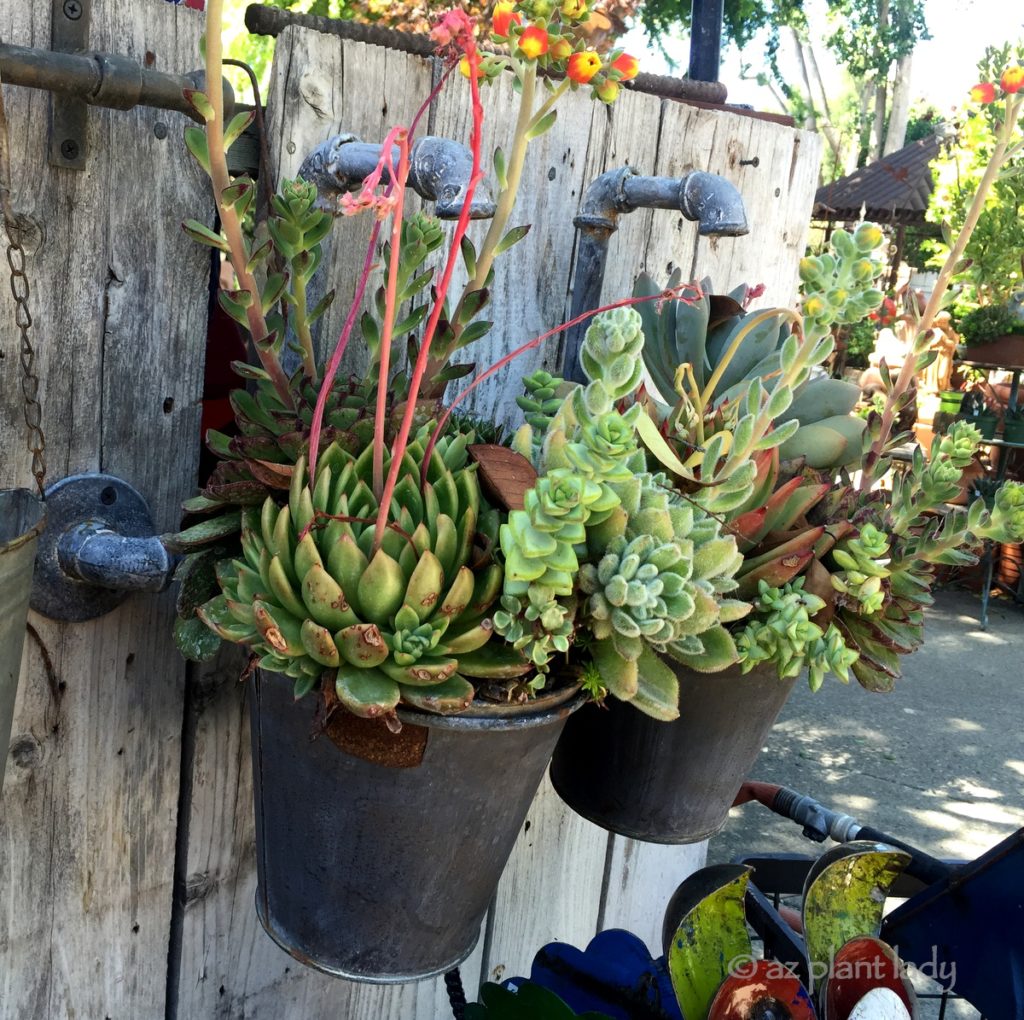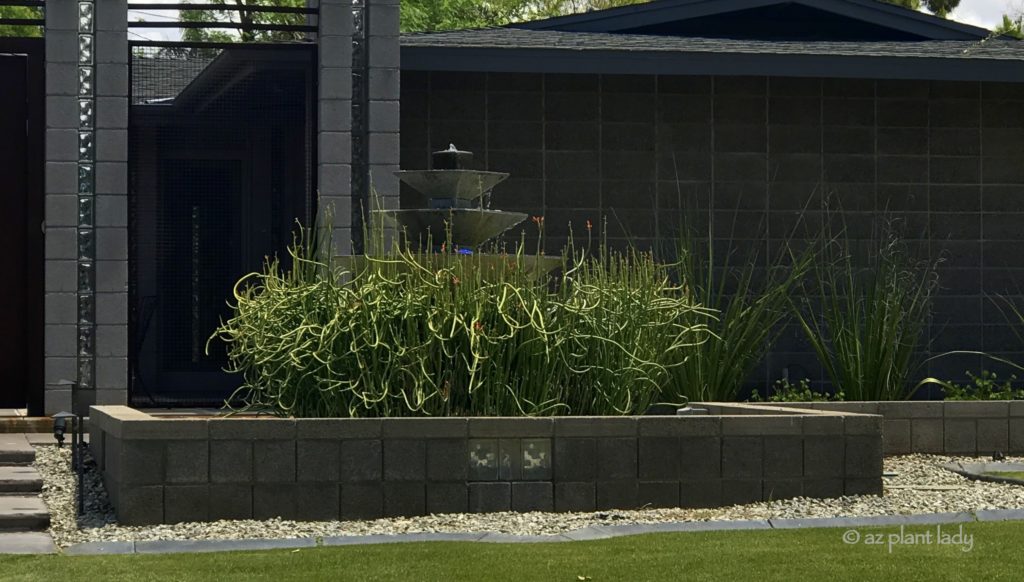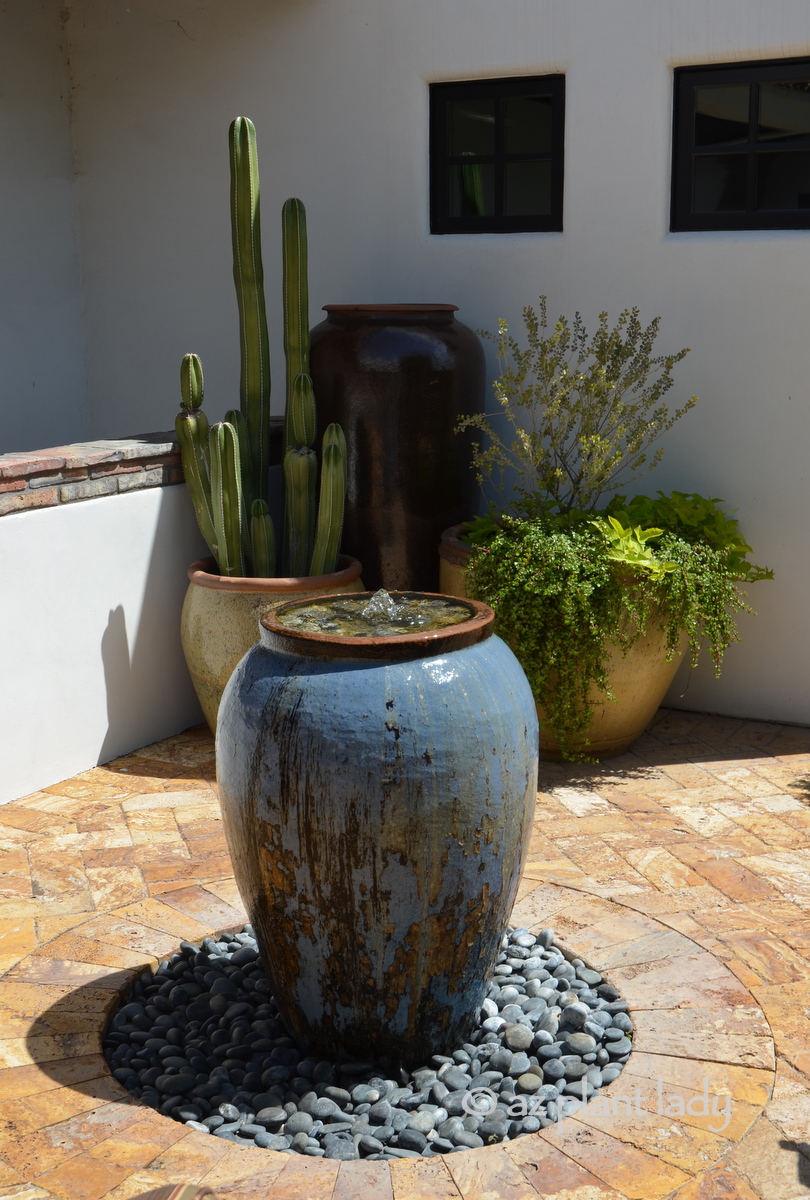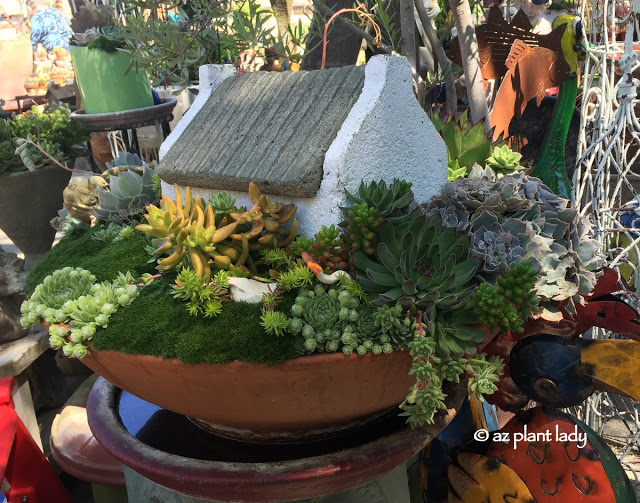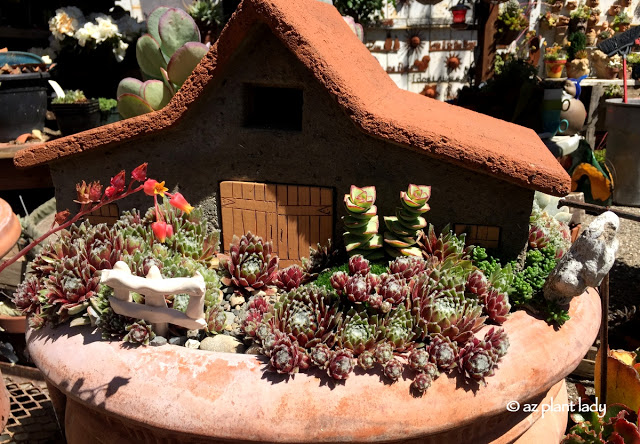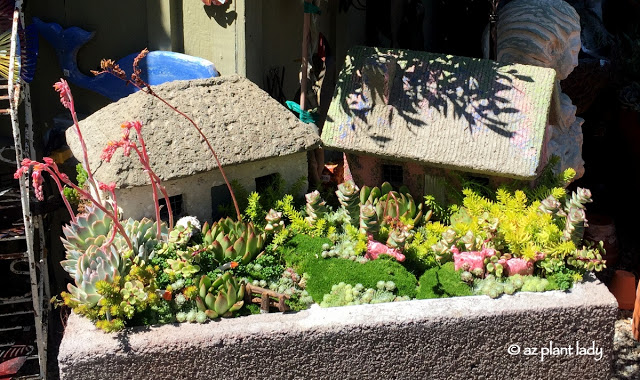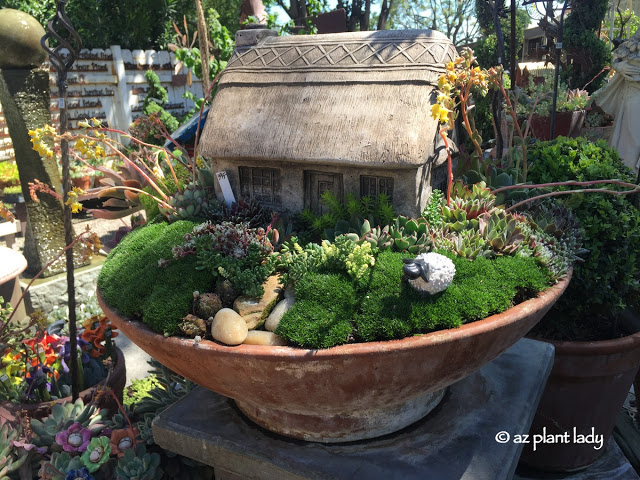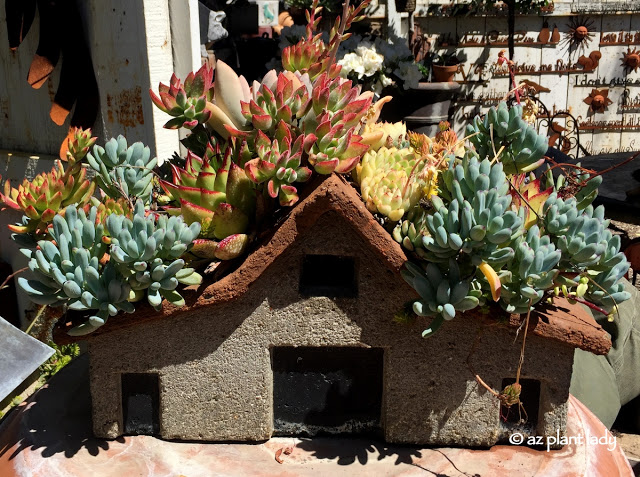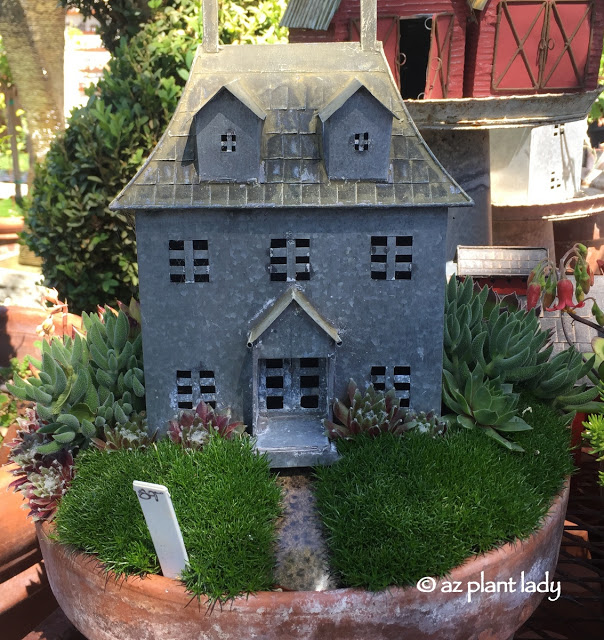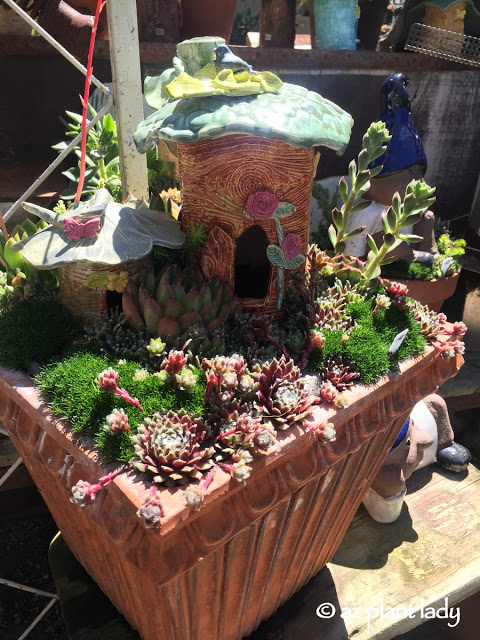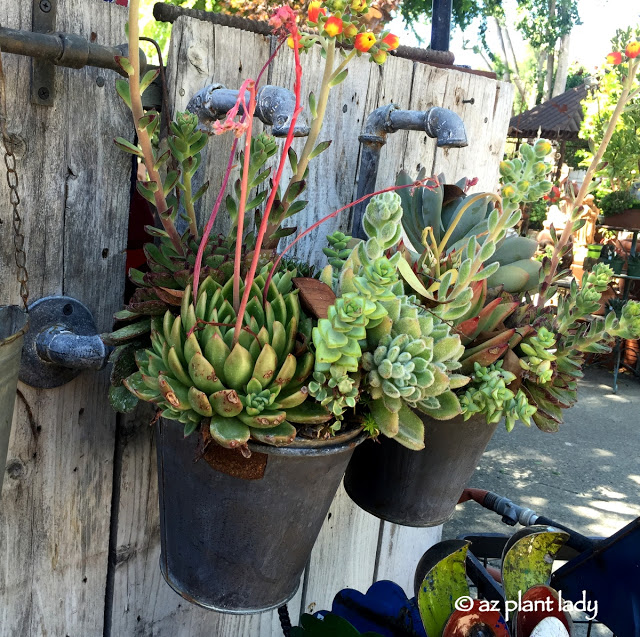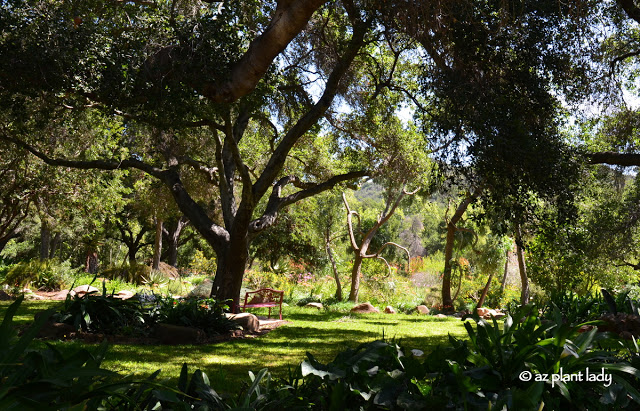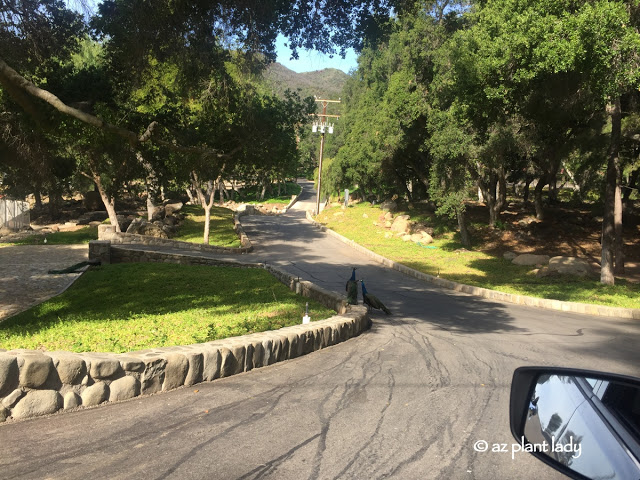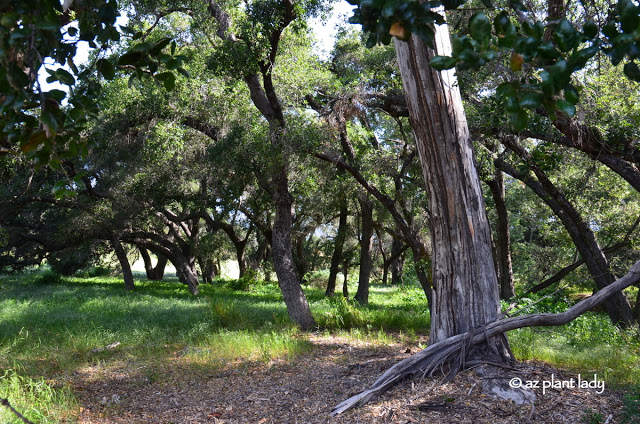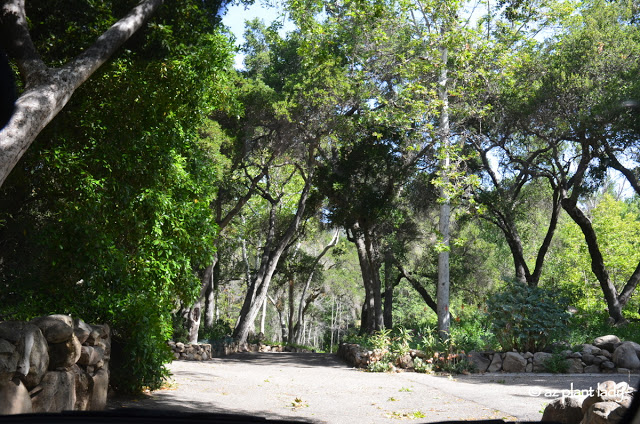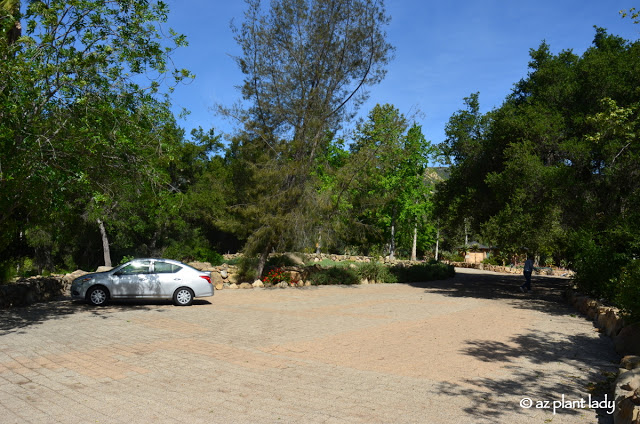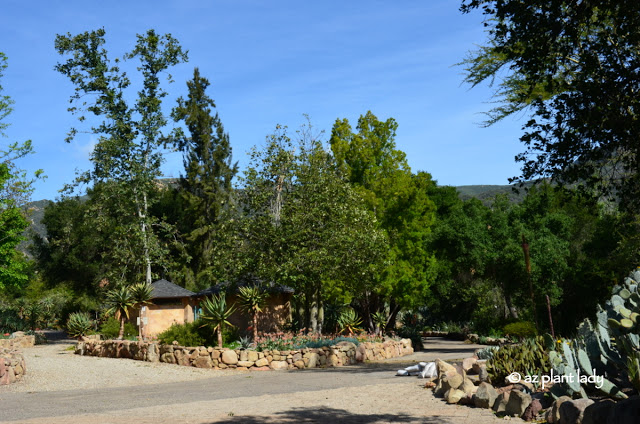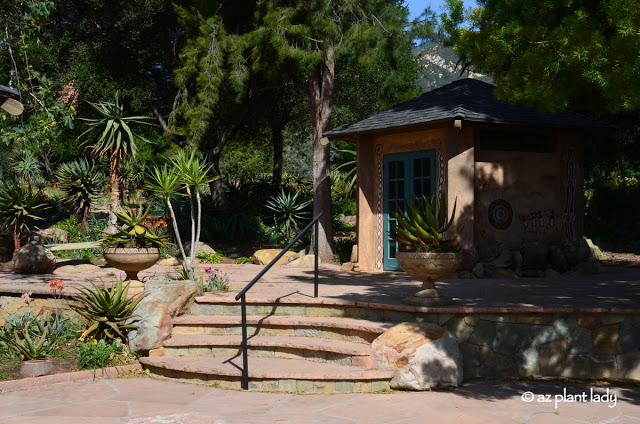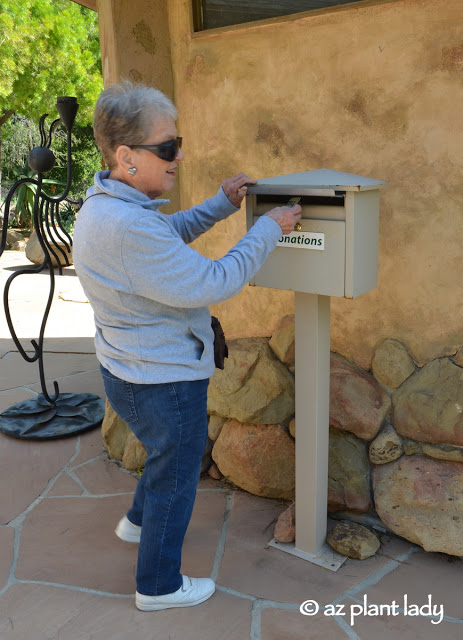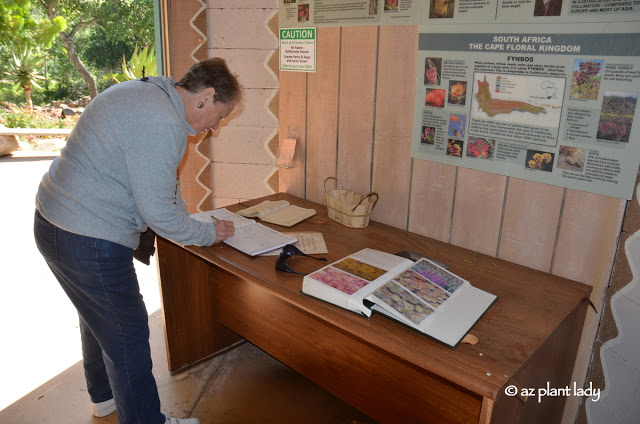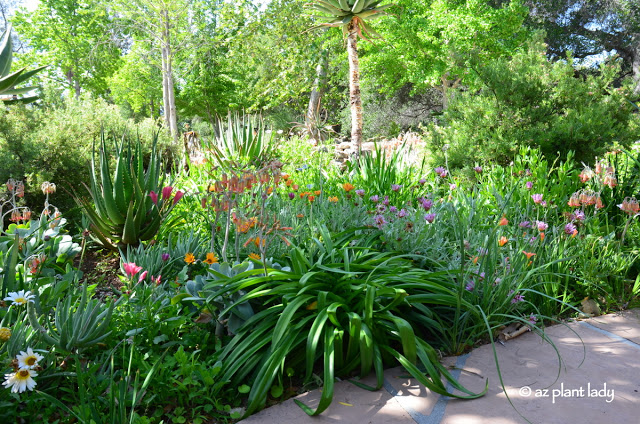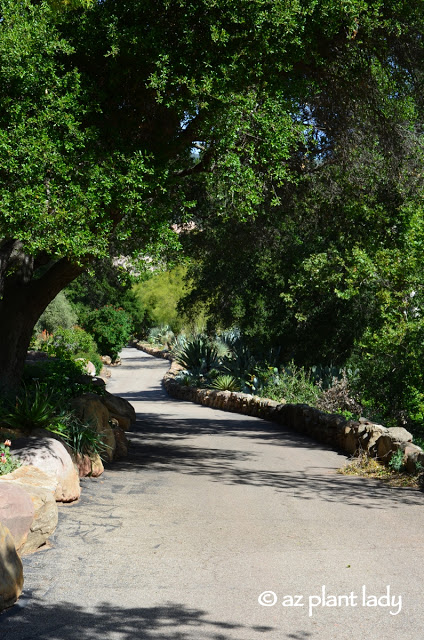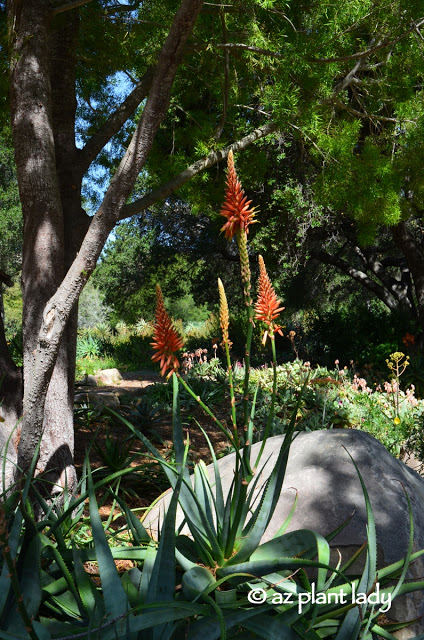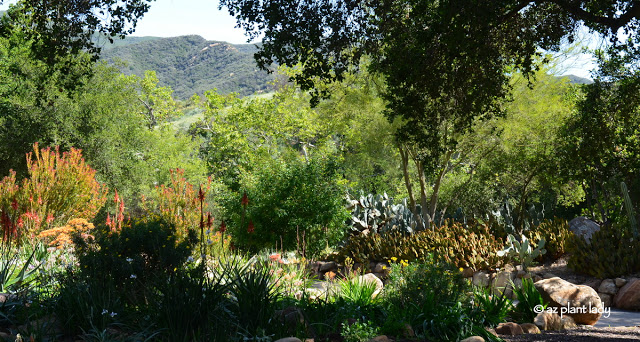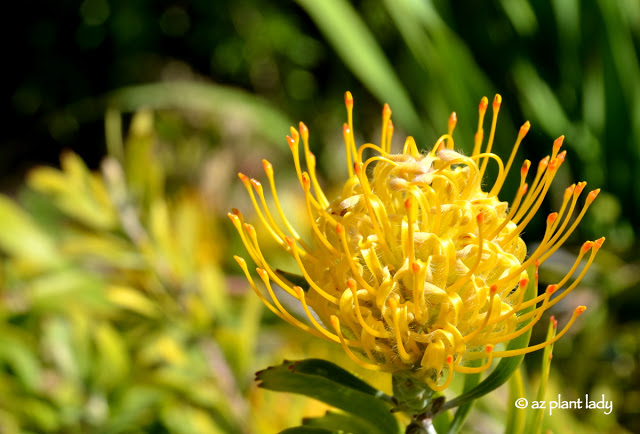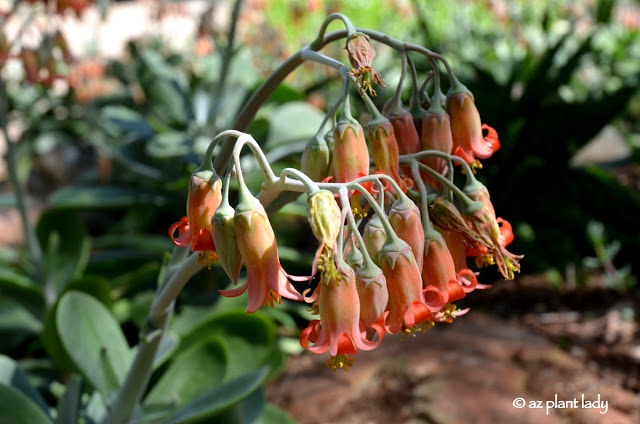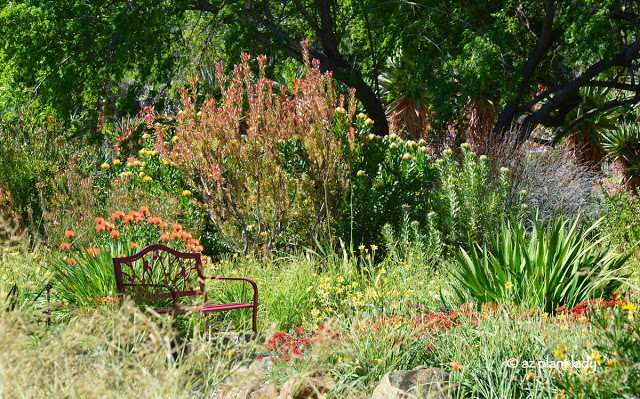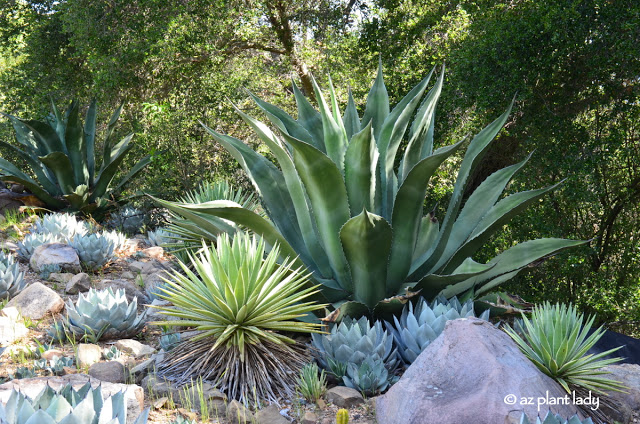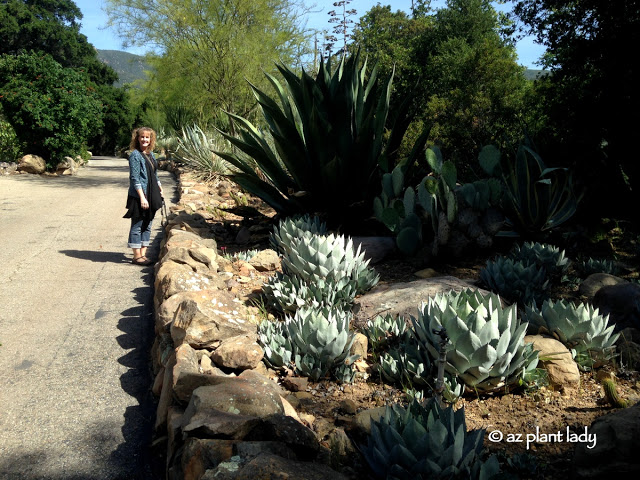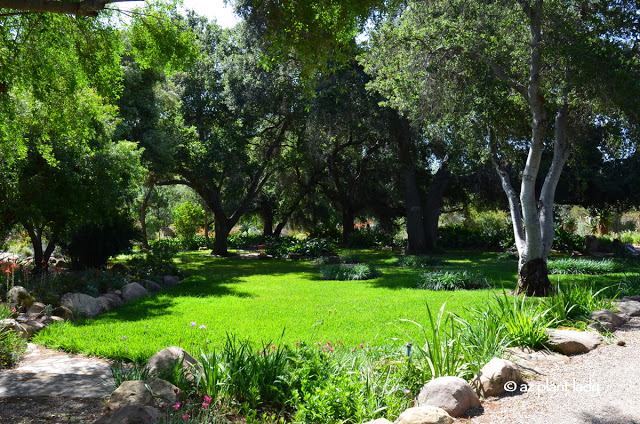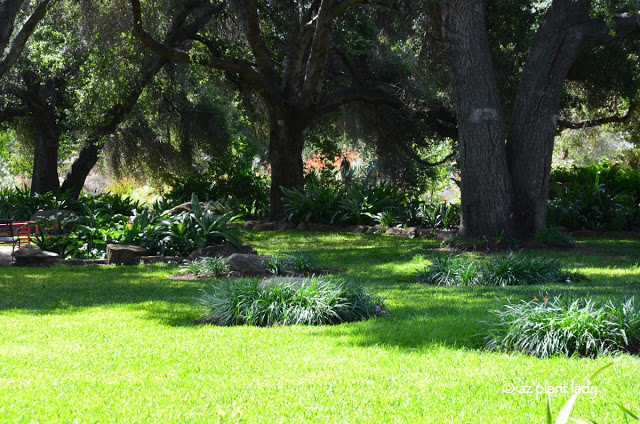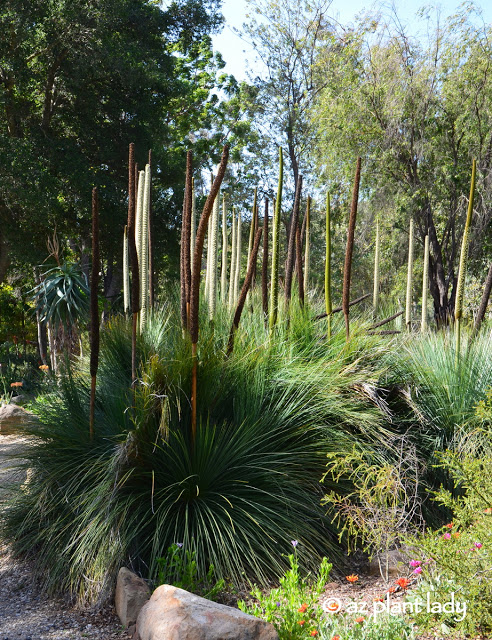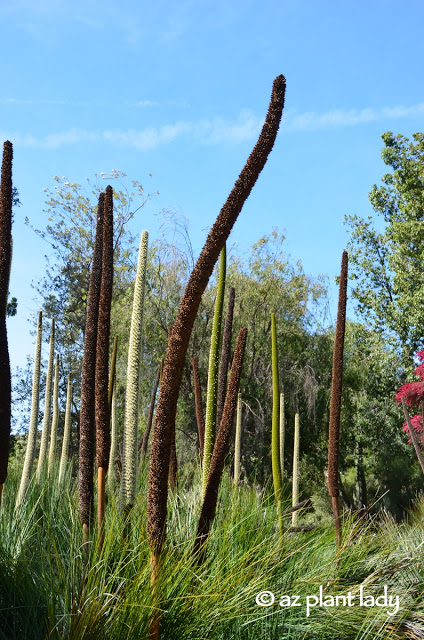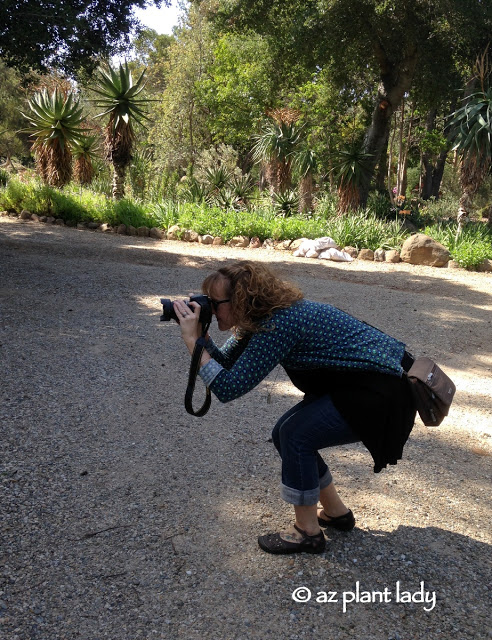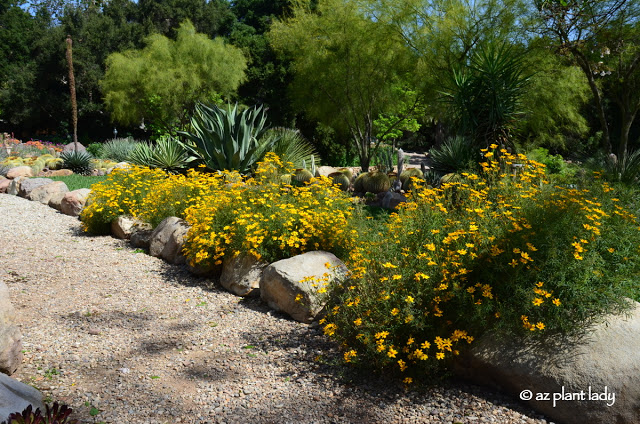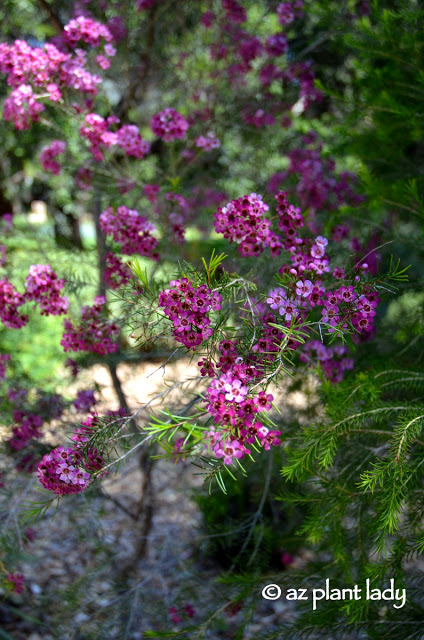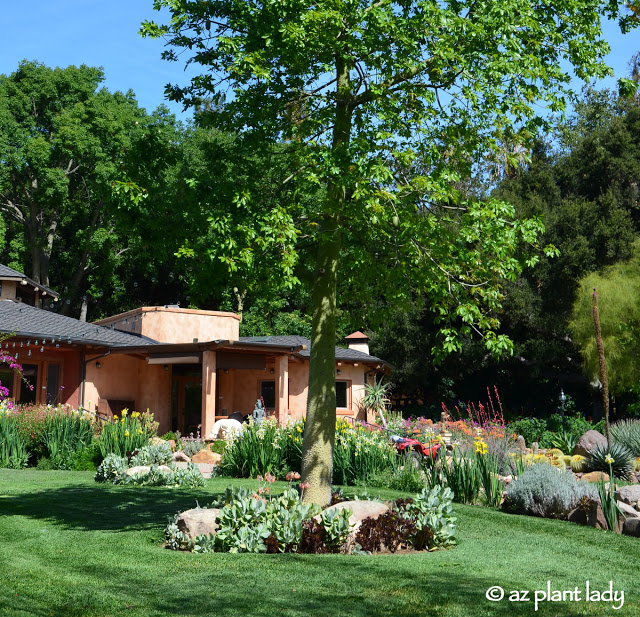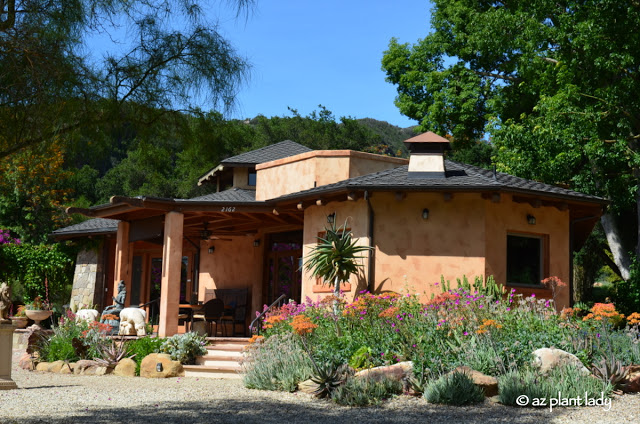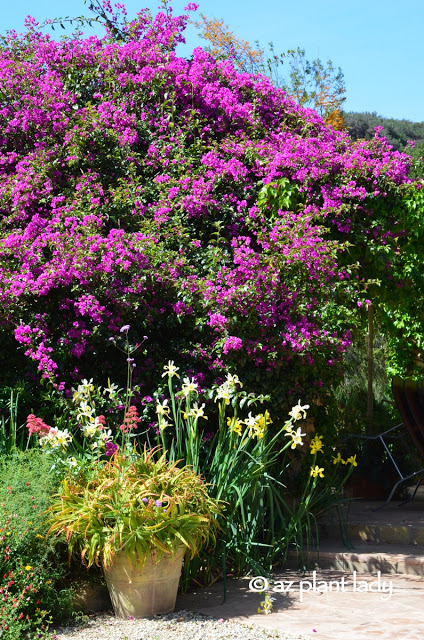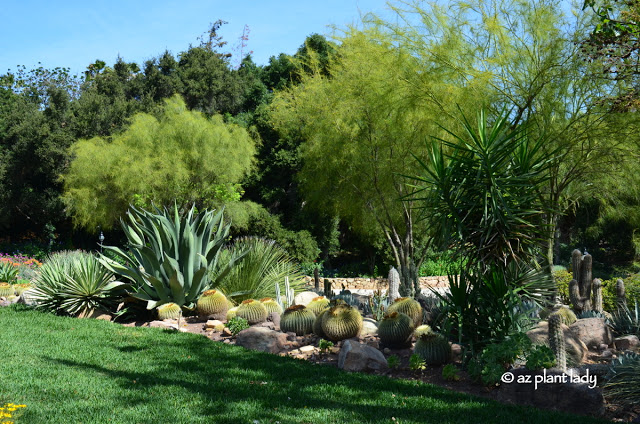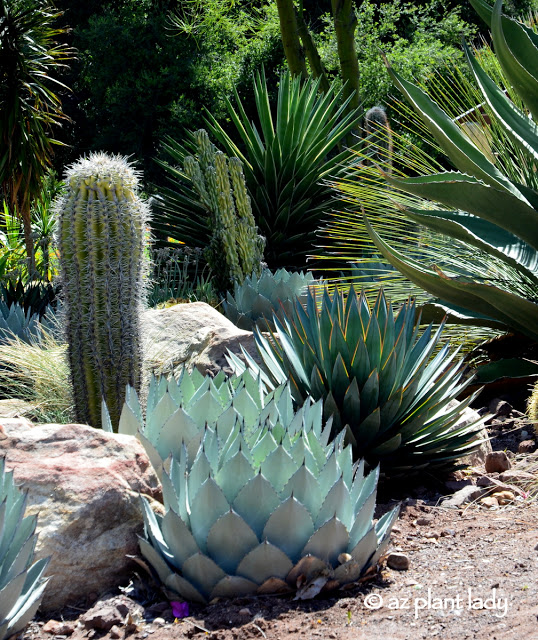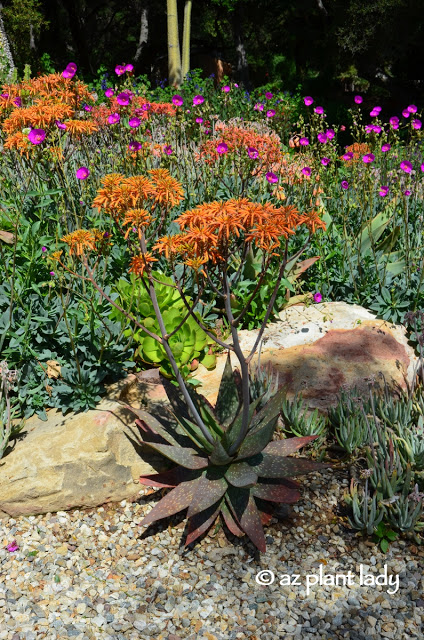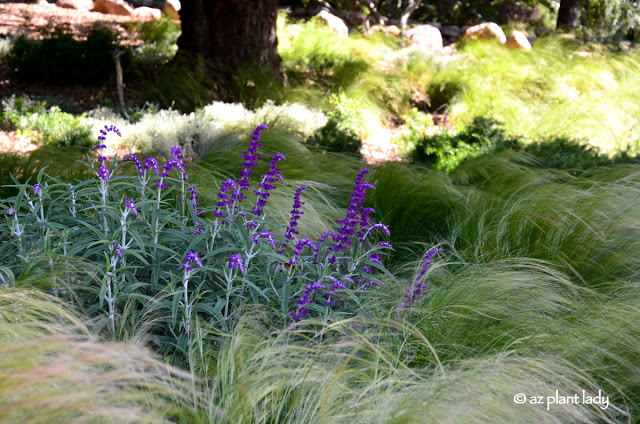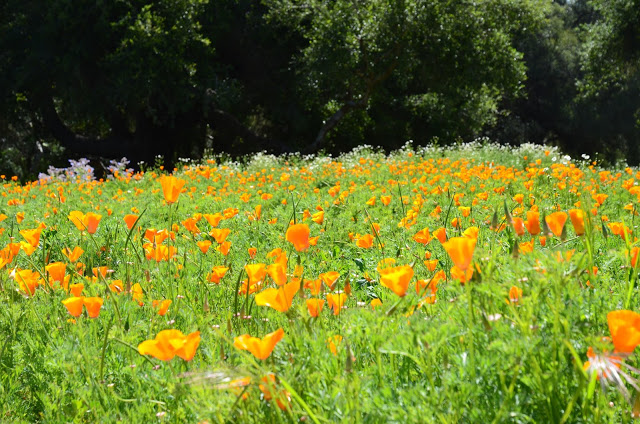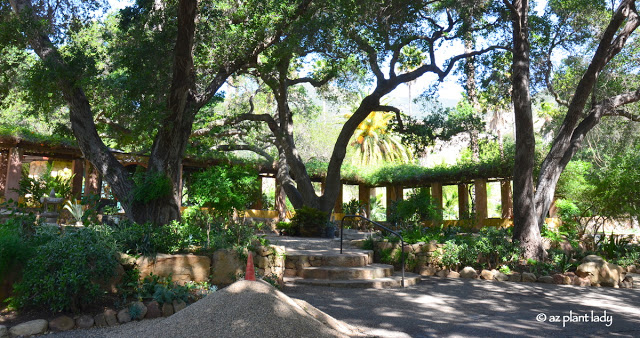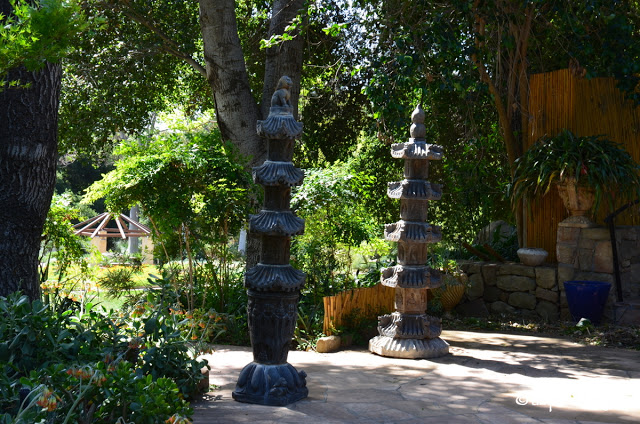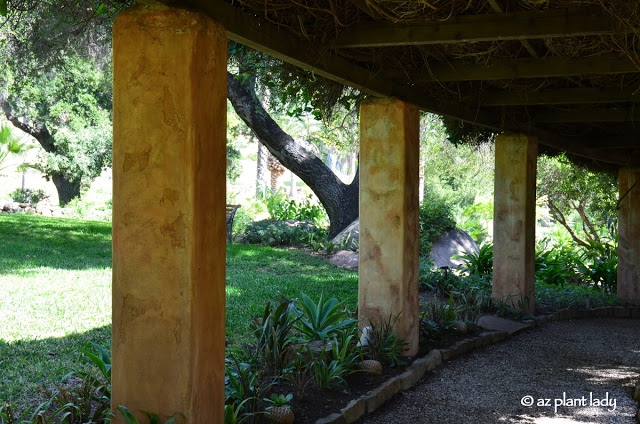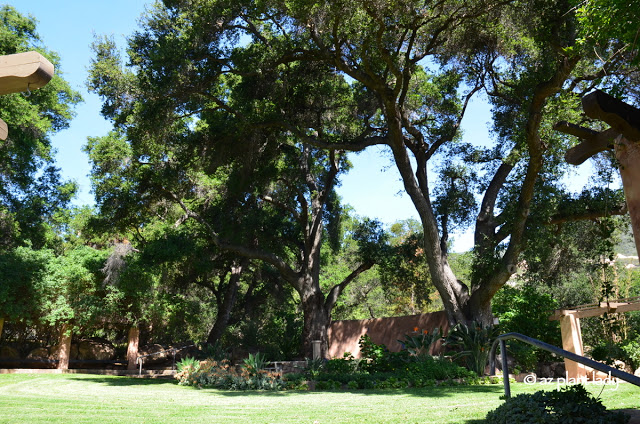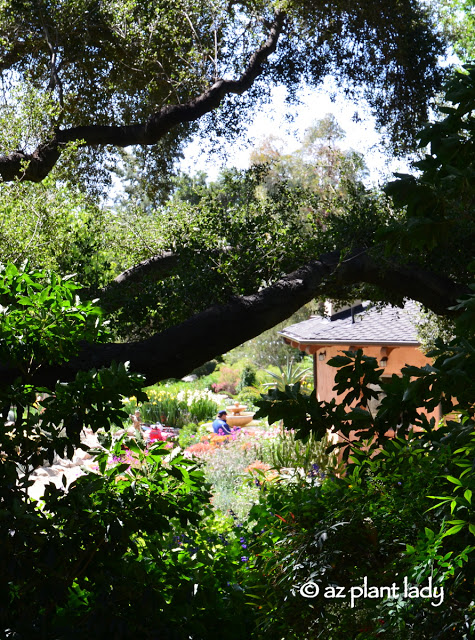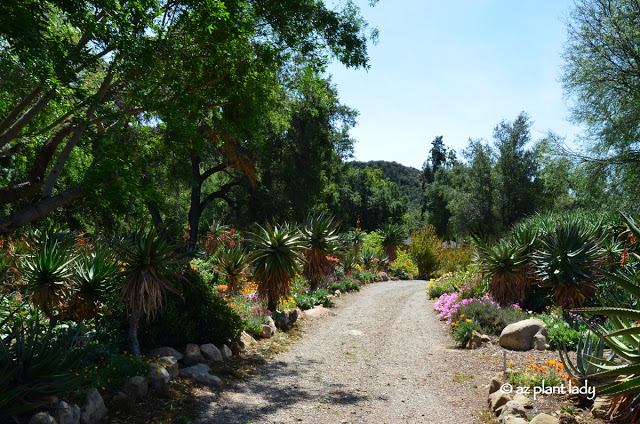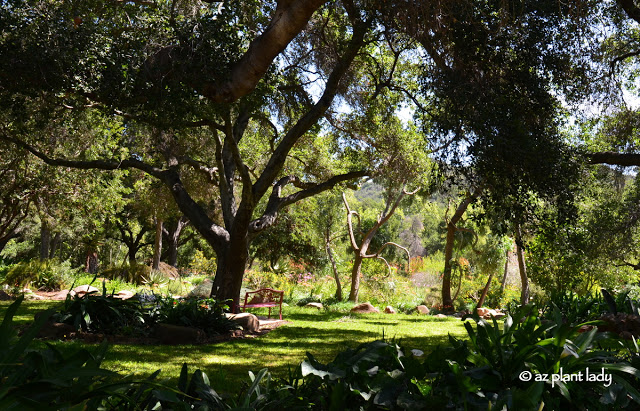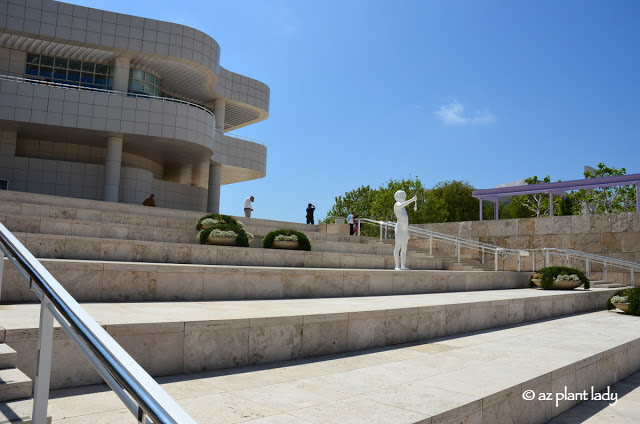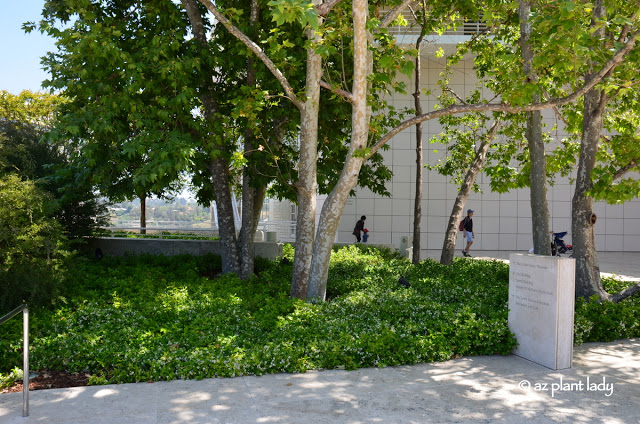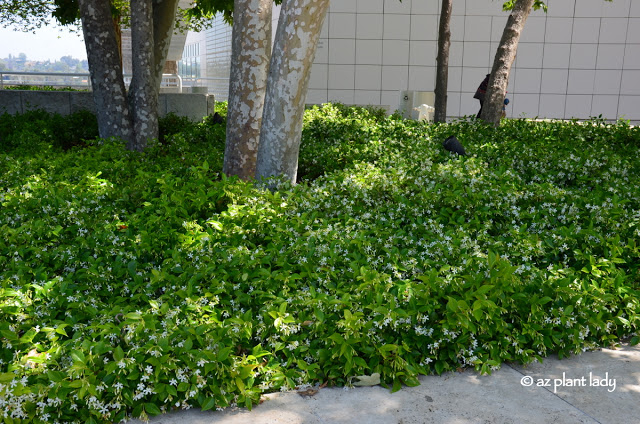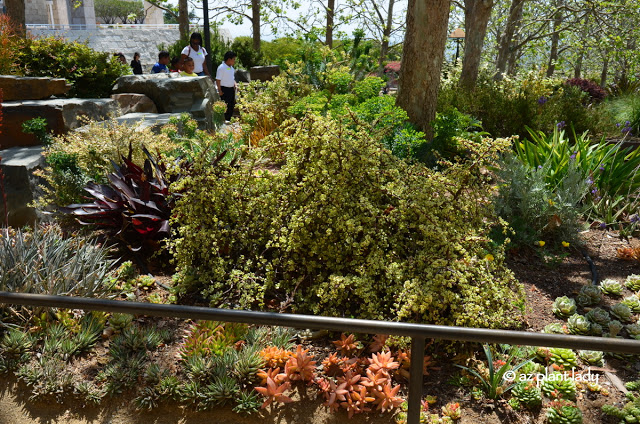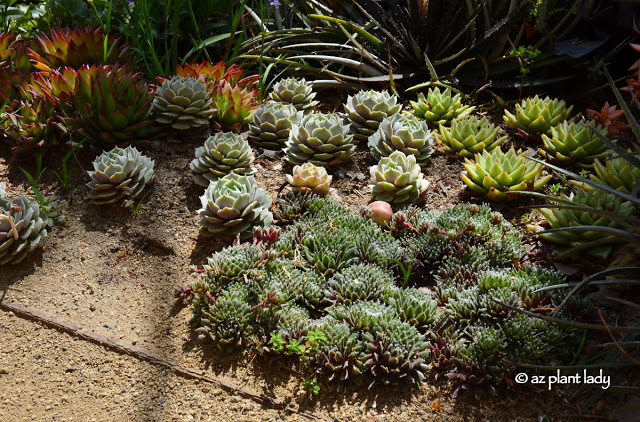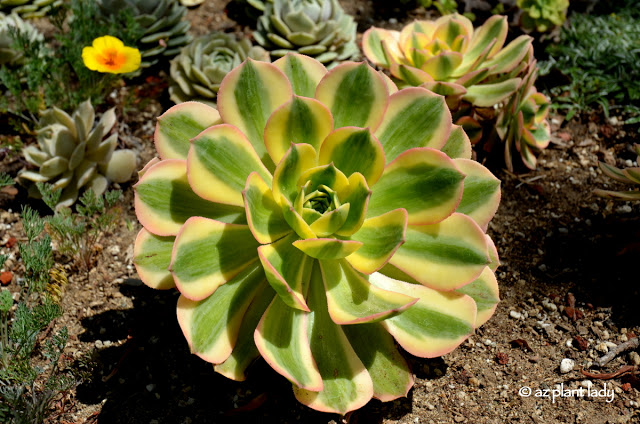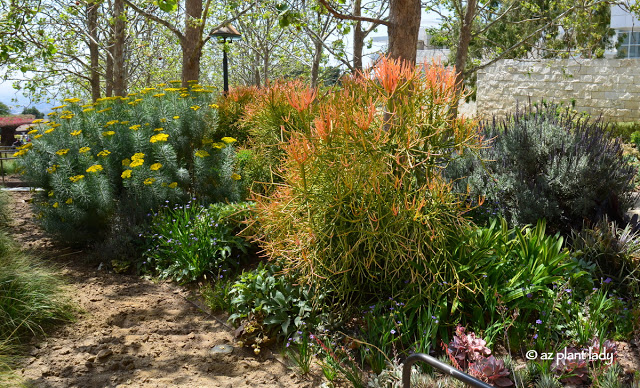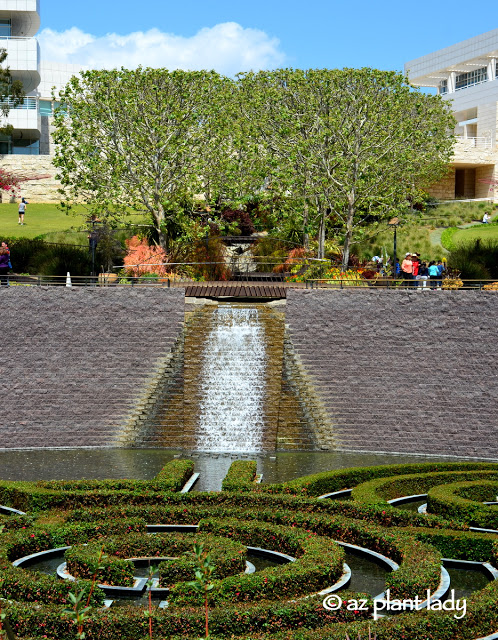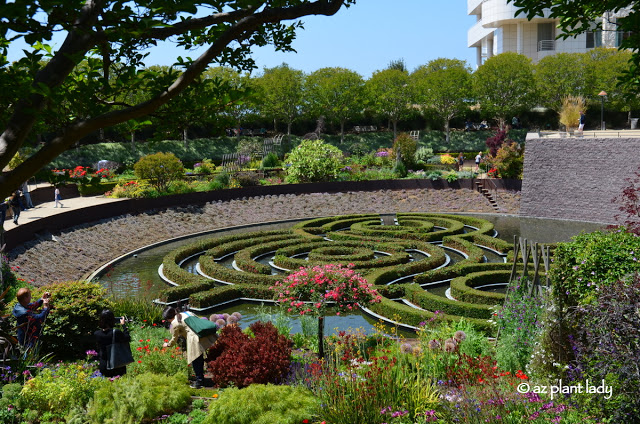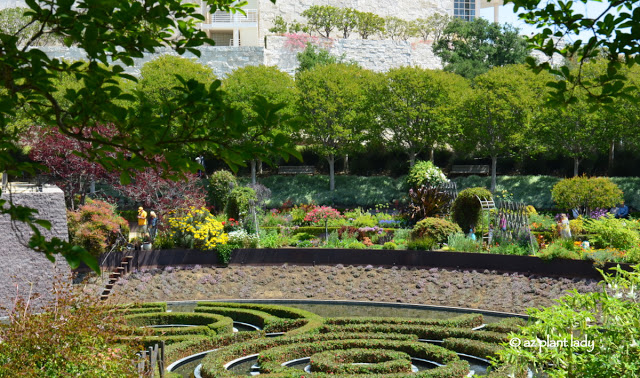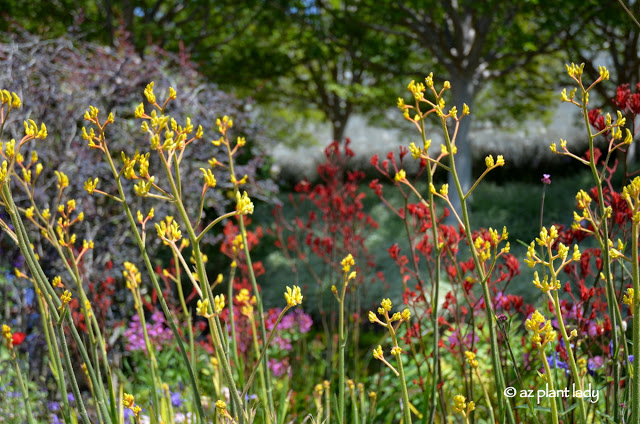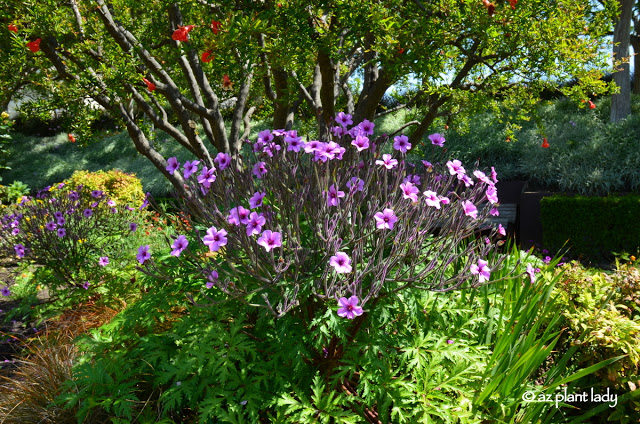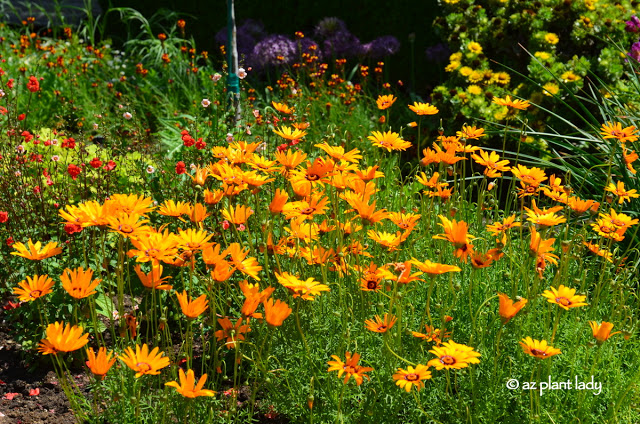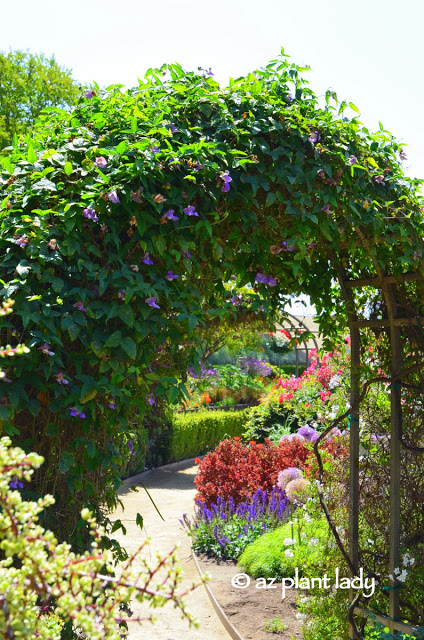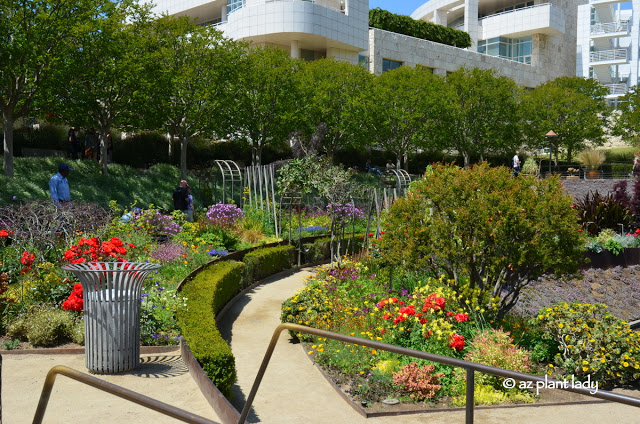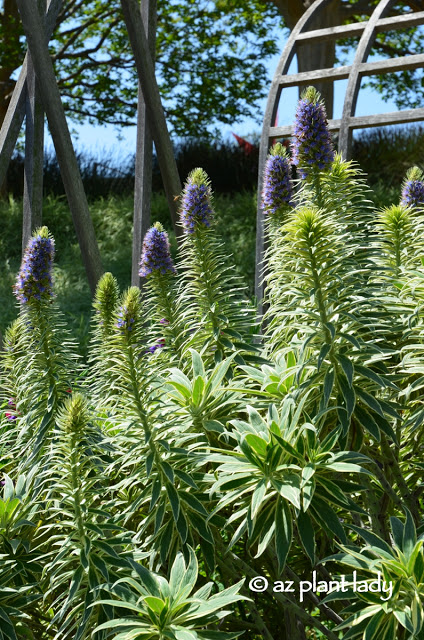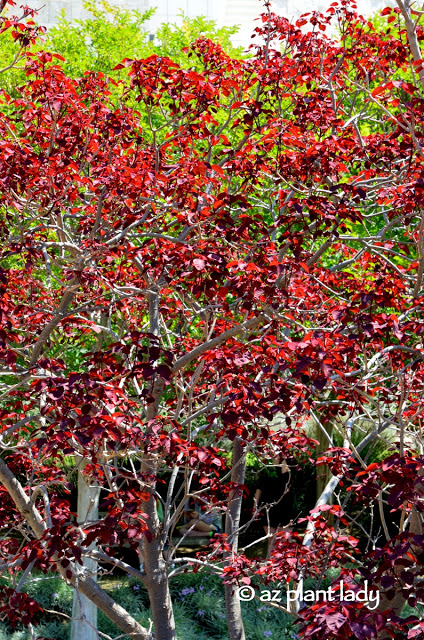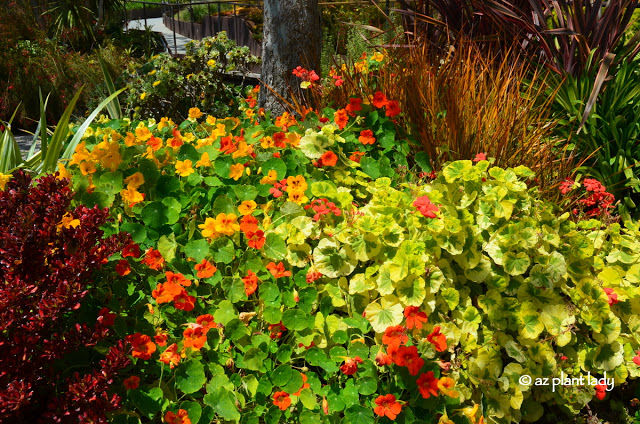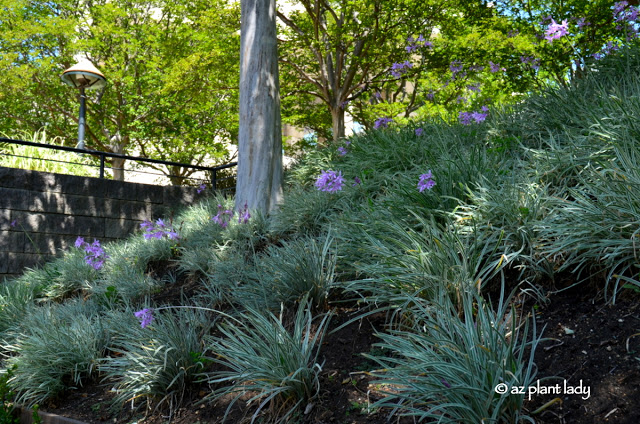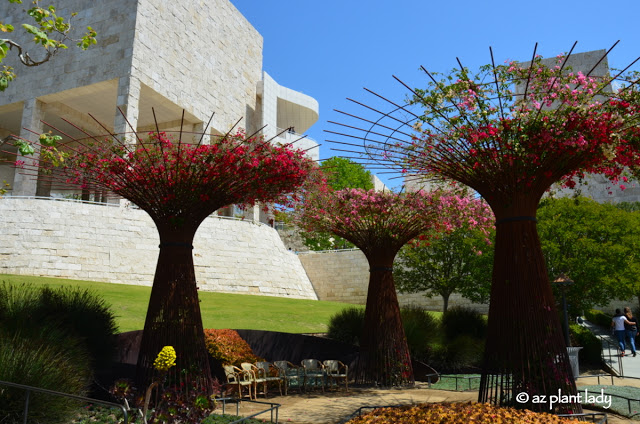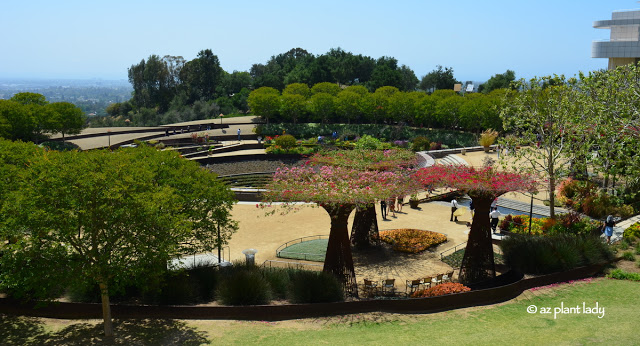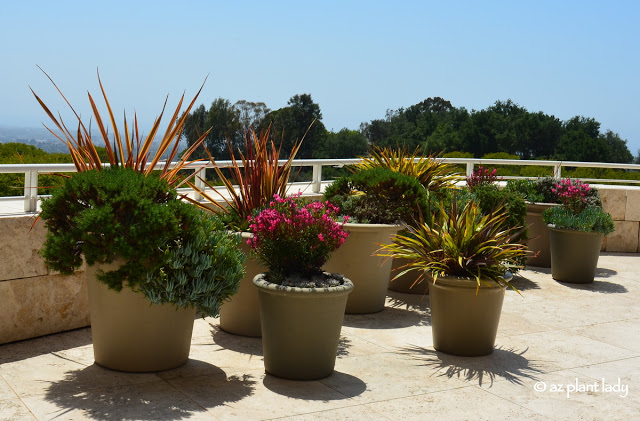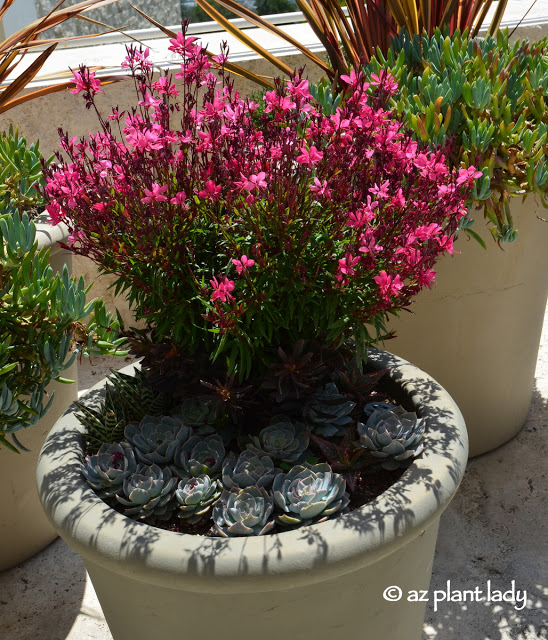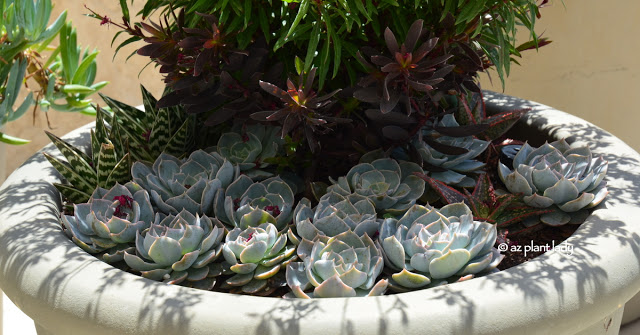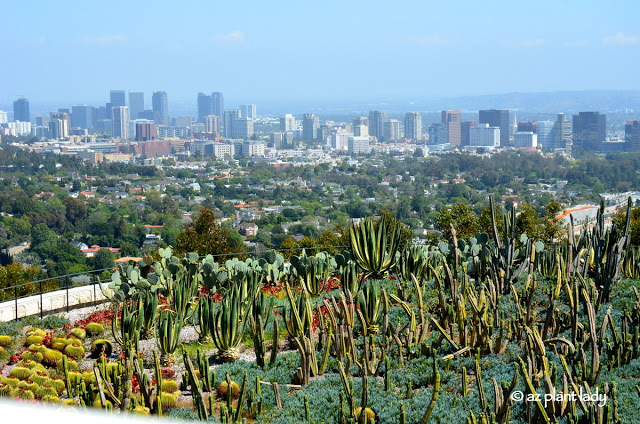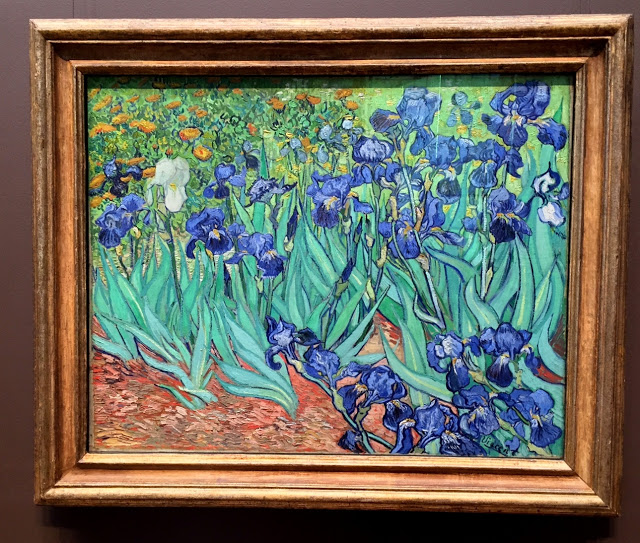Did you ever read the book, The Secret Garden by Frances Hodgson Burnett? It was one of my favorite books as a child, and I always imagined myself exploring a hidden garden.
Well, on the second day of our road trip, I was able to explore a very secret garden that very few people have seen.
To be honest, this hidden garden wasn’t on our original itinerary. We were to travel by boat to the Channel Islands and explore Santa Cruz Island for the day. But it was canceled at the last minute due to the high winds. So, we had to find something else to fill our do for the day. What better than to find a garden to visit?
We did some searching for gardens near the town of Ojai, which was near our hotel and found a reference to the Taft Garden, which is a 265-acre garden that couldn’t be found on a map and wouldn’t come up on a GPS search.
We were given a map with landmarks provided such as a cluster of mailboxes, creek crossings, forks in the road and a big white barn. With my reliance on GPS, it was somewhat surreal to navigate the way most people used to a long time ago.
The bottom of the map had large, bold print that advised us against sharing the location of the garden with anyone else, so I won’t spill the beans.
Our route meandered through the foothills of the mountains outside of Ojai, and we passed large homes that sat on large acreage.
Three peacocks were perched on a corner watching us drive by.
The road was so little traveled that we only saw one car on our way to the garden.
Groves of oak trees stood in natural areas along our route, which took us across two creeks, pass a large barn and finally to our destination.
The entry to the garden is unassuming so as not bring attention to the fact that it is there.
Our rental car was the only vehicle in the parking lot as we were the only visitors.
Walking toward the visitor center, I was filled with anticipation for what discoveries awaited us along the meandering paths of the garden. I also like to learn about new plants and how I may be able to incorporate them in my garden as well as in those of my clients.
Stepping inside the small visitor center, you are asked to give a donation of $5.
Then you sign the guestbook.
Believe it or not, we hadn’t seen anyone else in the garden at this point.
Near the visitor’s center, a lovely bed of colorful plants was on display. The plants in this garden are primarily from Australia and Africa, and I was familiar with many of them, although a fair few were somewhat foreign to me.
The main path ran along one side of the garden with smaller, winding pathways branching off, encouraging exploration.
Aloe arborescens
This aloe was enjoying the dappled sunlight.
On the right side of the path was a nice collection of agave and prickly pear cacti. The other side was filled with shrubs native to Australia and many different species of aloe, which are mostly native to South Africa.
Yellow Protea flower
Elk Horn (Cotyledon orbiculata)
One of the things that strike you right away about this garden is that this isn’t you typical botanical garden filled with beds of flowering annuals and perennials. While there was plenty of plants flowering, many were somewhat unusual, although most could be grown in California as well as many other arid climates.
Scattered throughout the garden were bright red benches, which guests to stop and rest, to enjoy the beauty around them.
Agave is my favorite type of succulent, and they had several varieties including Agave angustifolia and Agave parryi ‘truncata’.
Toward the center of the garden, is a large group of majestic oak trees that stand amidst an expanse of St. Augustine grass. Interspersed throughout the lawn were small islands of I believe, clivia plants.
As I mentioned earlier, this Australian grass tree (Xanthorrhoea quadrangulata) is not your everyday plants – but very interesting – I’d say almost like a plant out of a Dr. Seuss novel, don’t you think?
There were so many lovely vistas as well as unusual plants and combinations; I was very busy taking a lot of photos. However, my legs were quite sore the next day from bending and squatting down for the perfect photo shot – at least I don’t have to feel guilty for not being able to visit the gym on our trip 🙂
Mexican Marigold (Tagetes lemmonii)
Toward the back of the garden stood a large guest house.
A floss silk tree is surrounded with a variety of succulents.
Bright orange aloe blooms around the house.
The house was planted with a large variety of succulents, which were in full flower on this lovely spring morning.
Bougainvillea, yellow iris and a container filled with succulents add welcome color toward the entry.
Artichoke agave (Agave parryi ‘truncata’) and ‘Blue Glow’ agave
Across the lawn from the house, a desert area filled with several agave species, columnar cacti, golden barrels and yucca create a lovely contrast to the darker green plants surrounding them.
The dark pink flowers of rock purslane (Calandrinia spectabilis) grab your attention along with the bright orange flowers of soap aloe (Aloe maculata).
Mexican bush sage (Salvia leucantha) with Mexican feather grass (Stipa tenuissima)
This was by far my favorite combination of plants. The contrast of textures with the grasses waving in the breeze and the upright purple flowers of the salvia was just breath-taking.
I took a video of how it looks with the wind blowing, which it was quite a lot that day.
In a nearby field, the bright orange flowers of California poppies (Eschscholzia californica) were in full bloom creating a carpet of color that could be viewed from the house.
Up the hill from the house stood a Japanese garden. The raised terrace was built around a large oak tree, which I appreciated the shade it offered since I didn’t wear my hat 😉
Japanese statues and a Zen area completed this section of the garden.
In the back of the raised terrace, was a vine-covered walkway with arches that looked out into an enclosed outdoor area.
Between the two arching oak trees was a circular stage. Majestic oak trees were used to great effect throughout the entire garden.
As I walked back toward the house, I could see one of the gardeners hard at work, pulling weeds from around the succulents.
As we walked back toward the entrance, we took another route along a gravel path lined with tall tree aloes, pink flowering ice plant along with daisies of all colors blooming.
Despite the high winds, it I had a fabulous time in this very secret garden. It is without a doubt one of my top 5 gardens of all time with its use of beautiful, drought tolerant plants from around the world.
If I had to pick my favorite vista of the garden, it would be the one pictured in this photo…
This is how I envision what heaven will be like. I hope that God has a nice little garden cottage prepared for me next to a lovely garden like this one.
If you would like to learn more about this secret garden, here is a link to an article written about a few years ago with more photos.
Visits to the garden are by invitation only, and you can contact the garden through their Facebook page here.
California Road Trip: Day 2.5 – Avocado Trees, Fairy Gardens, Wineries and Family Dinner
